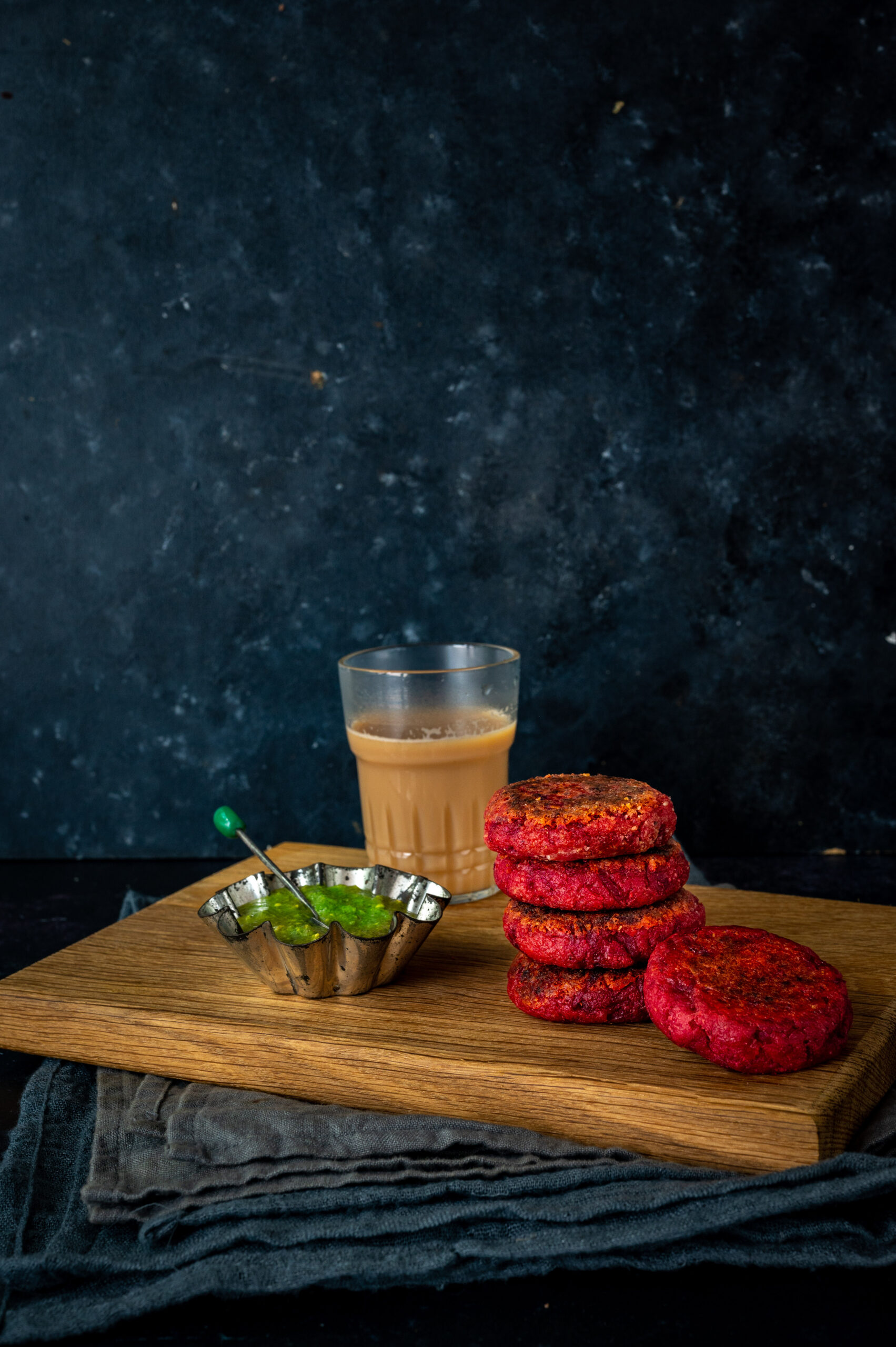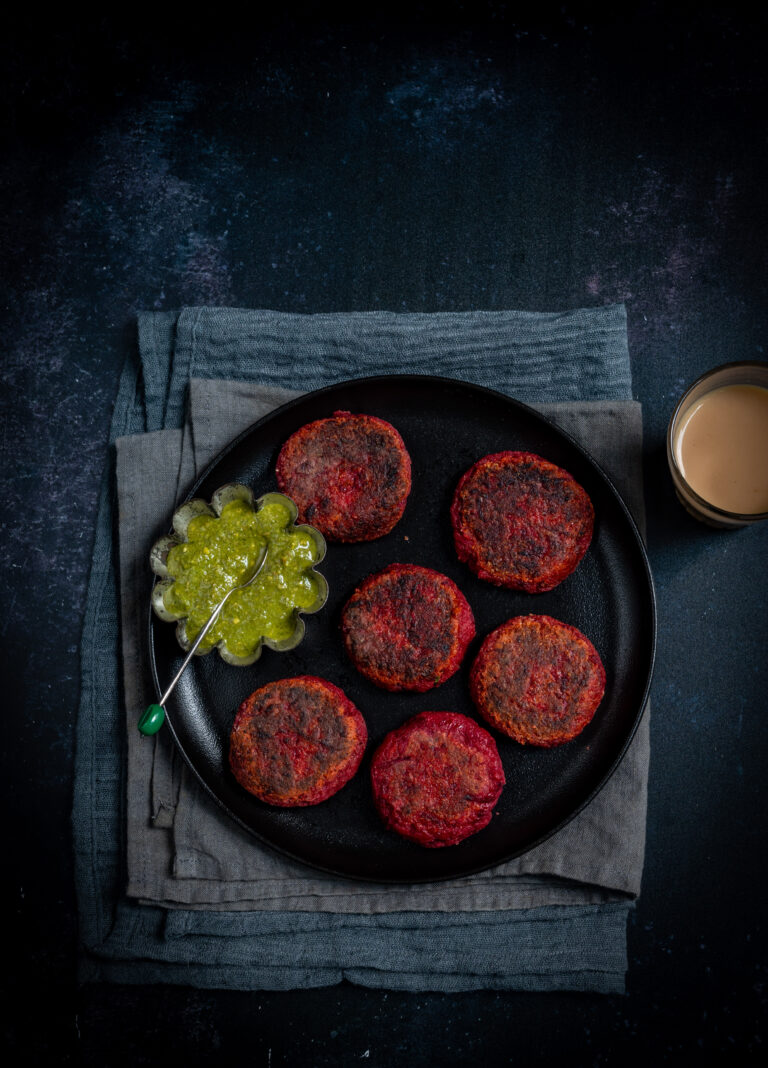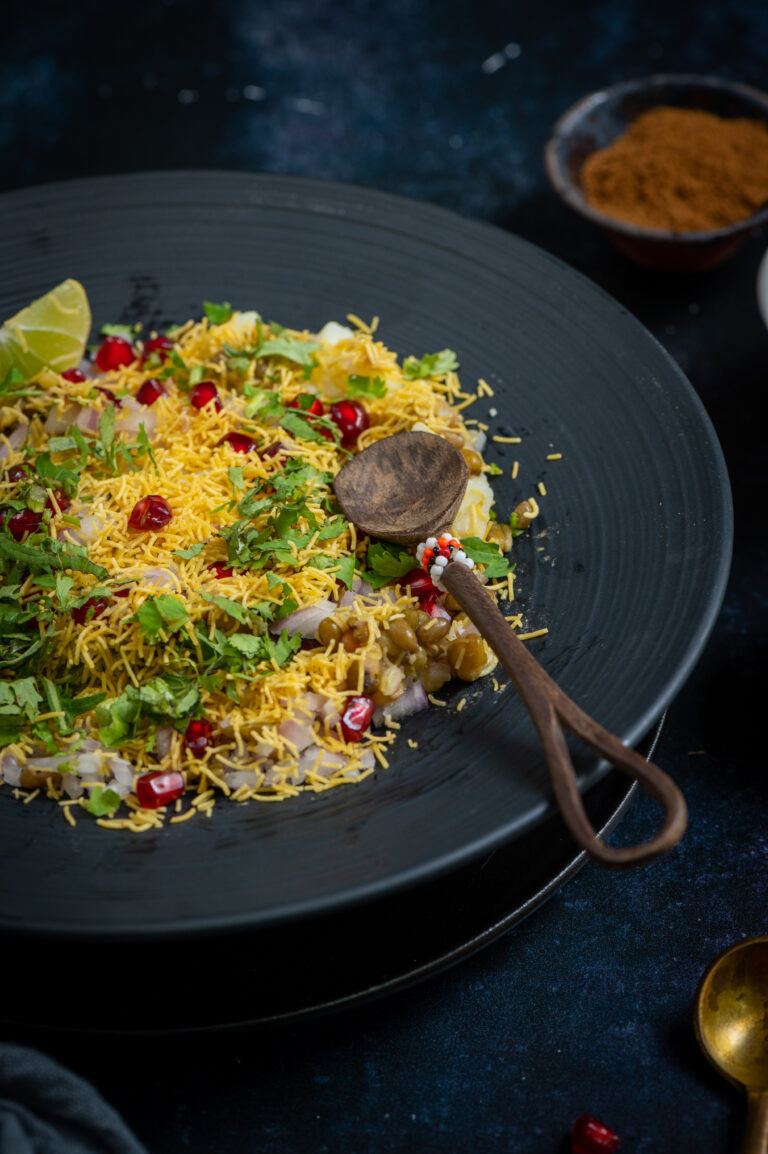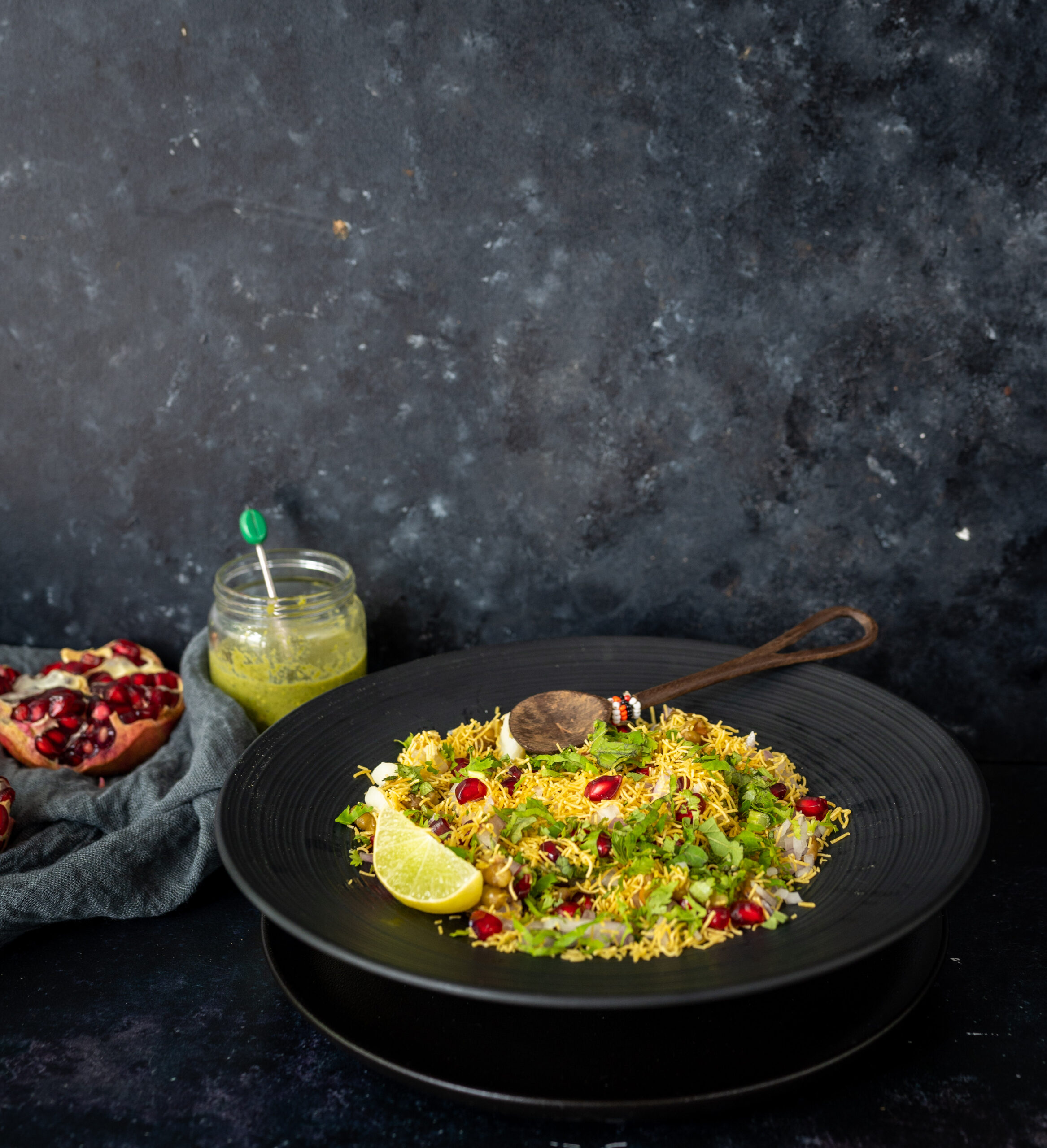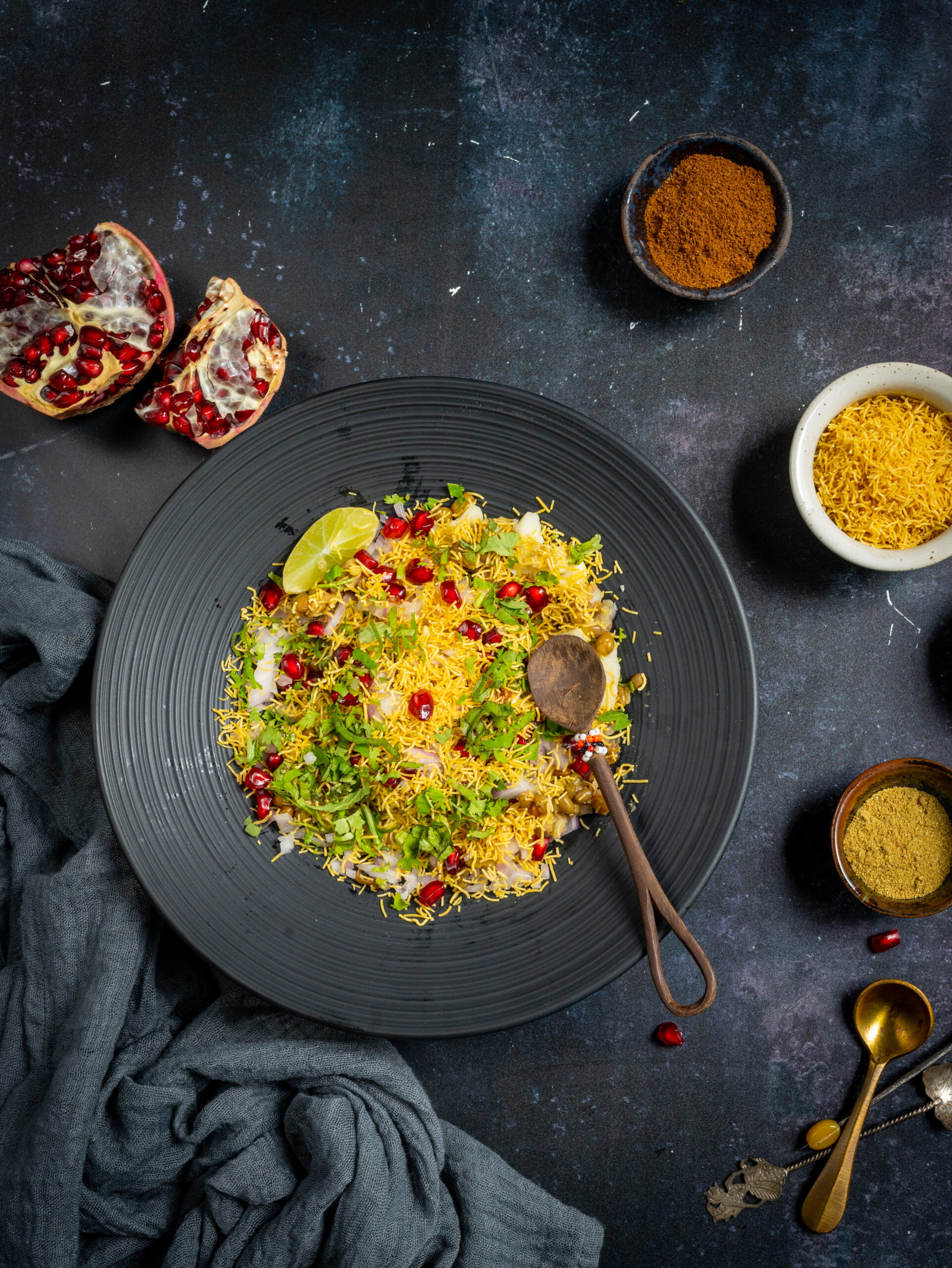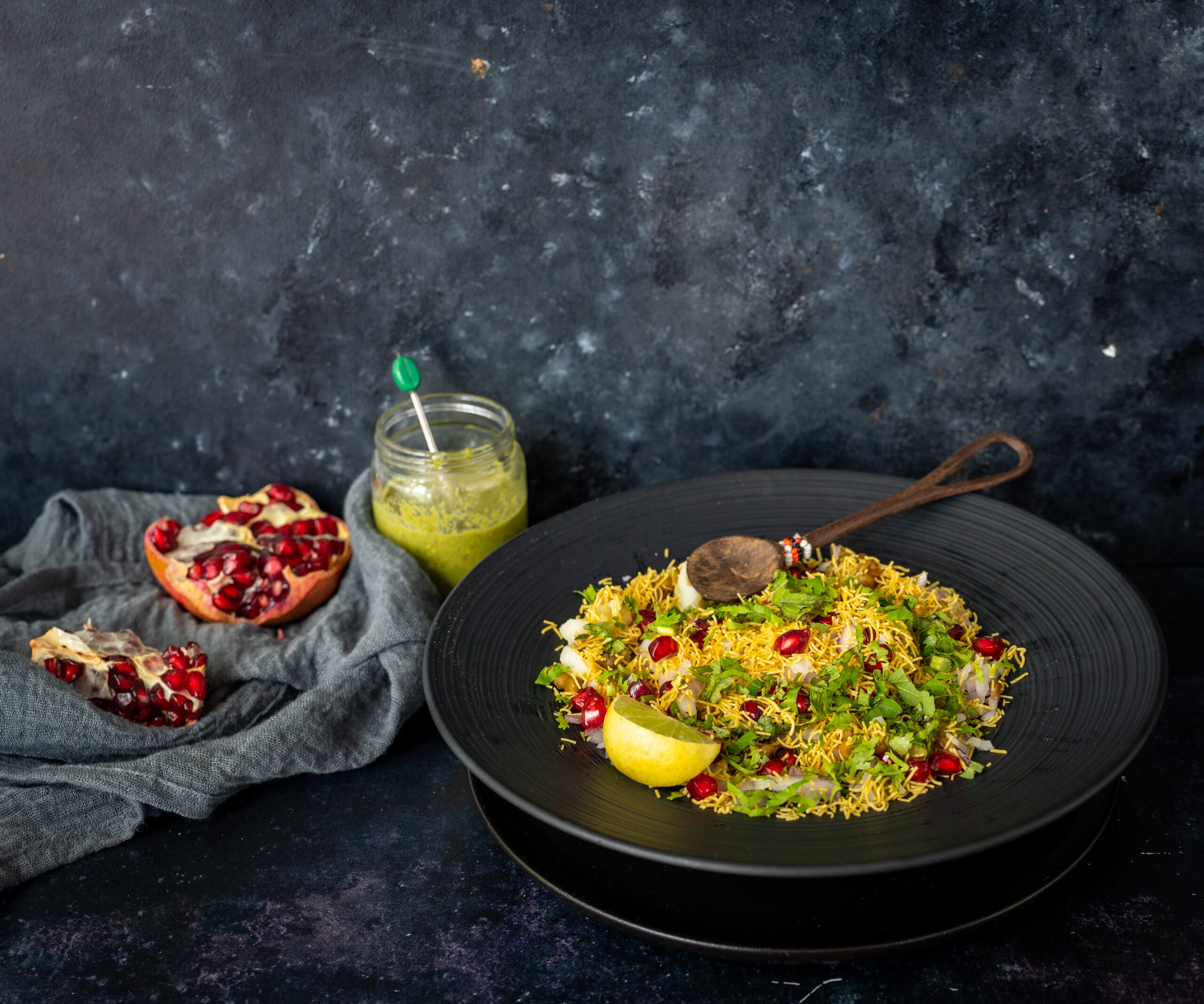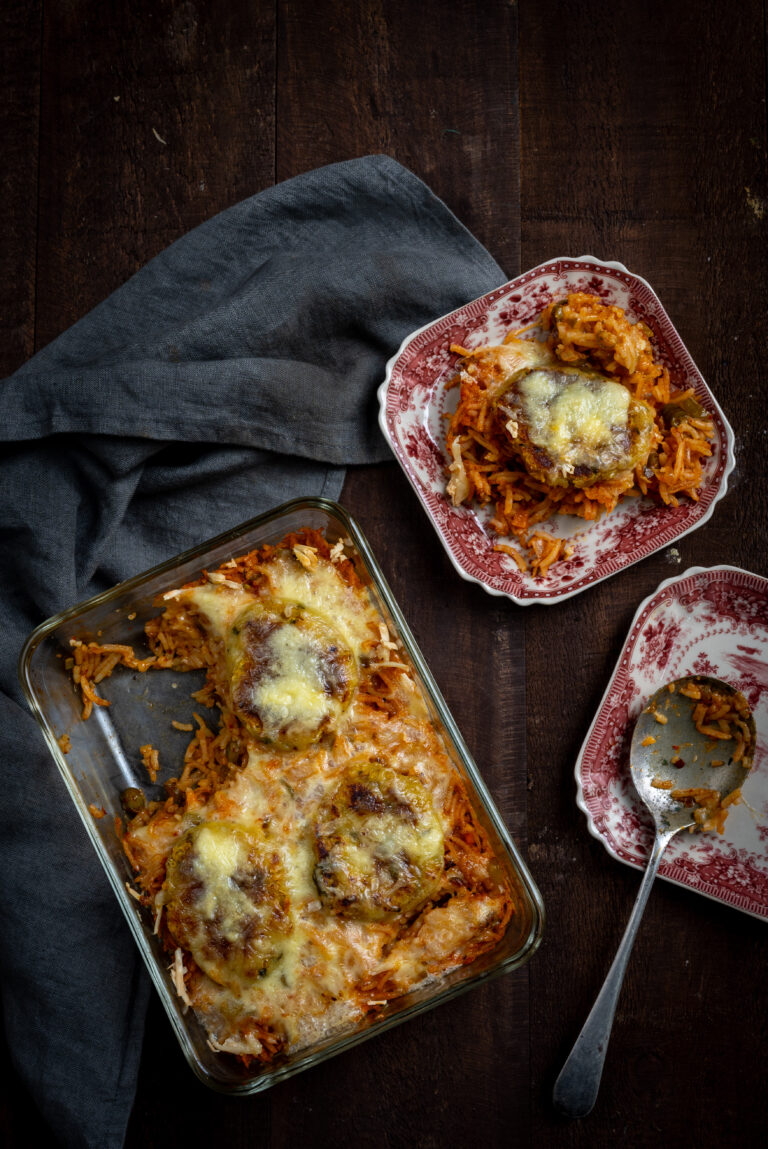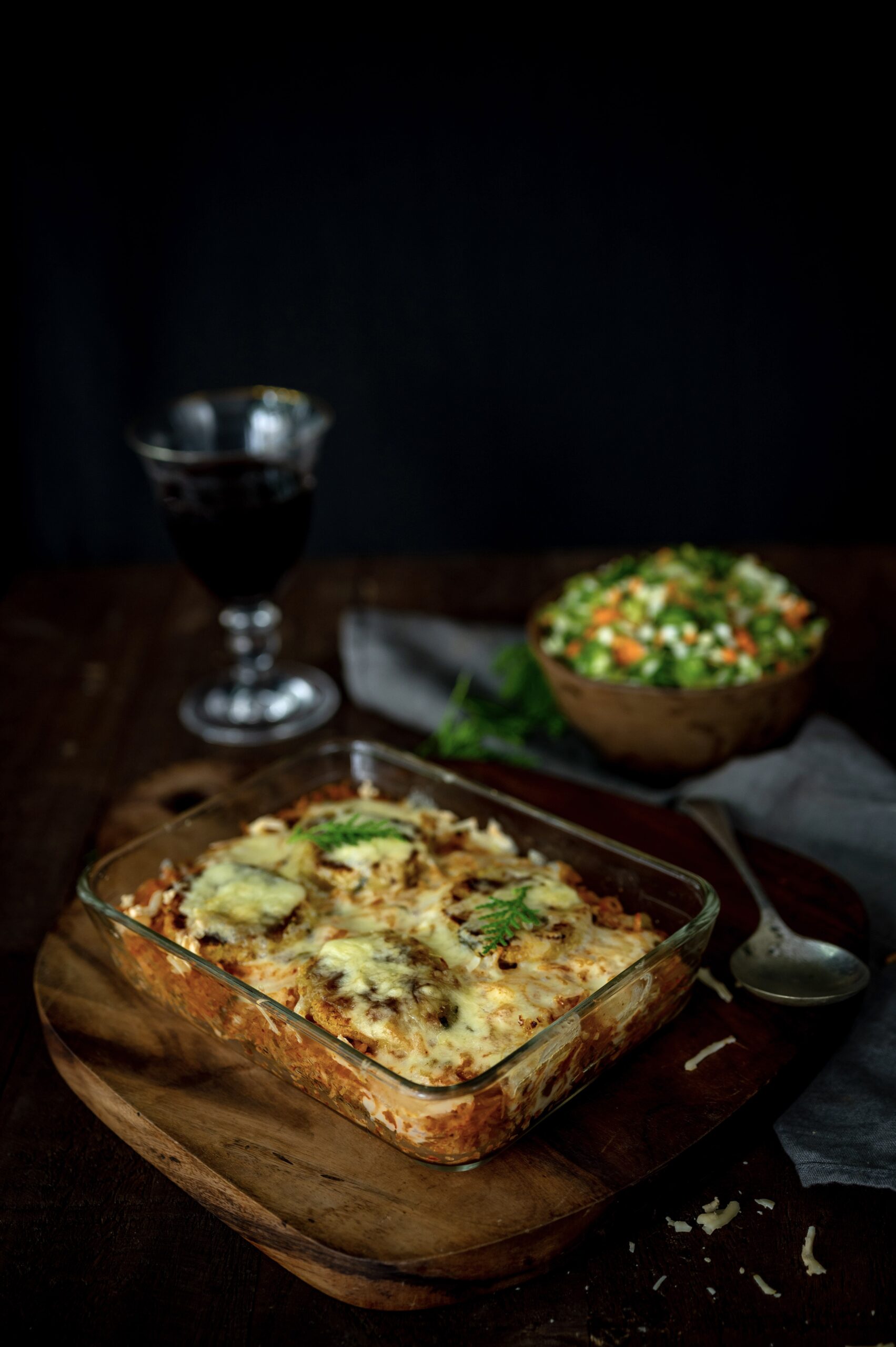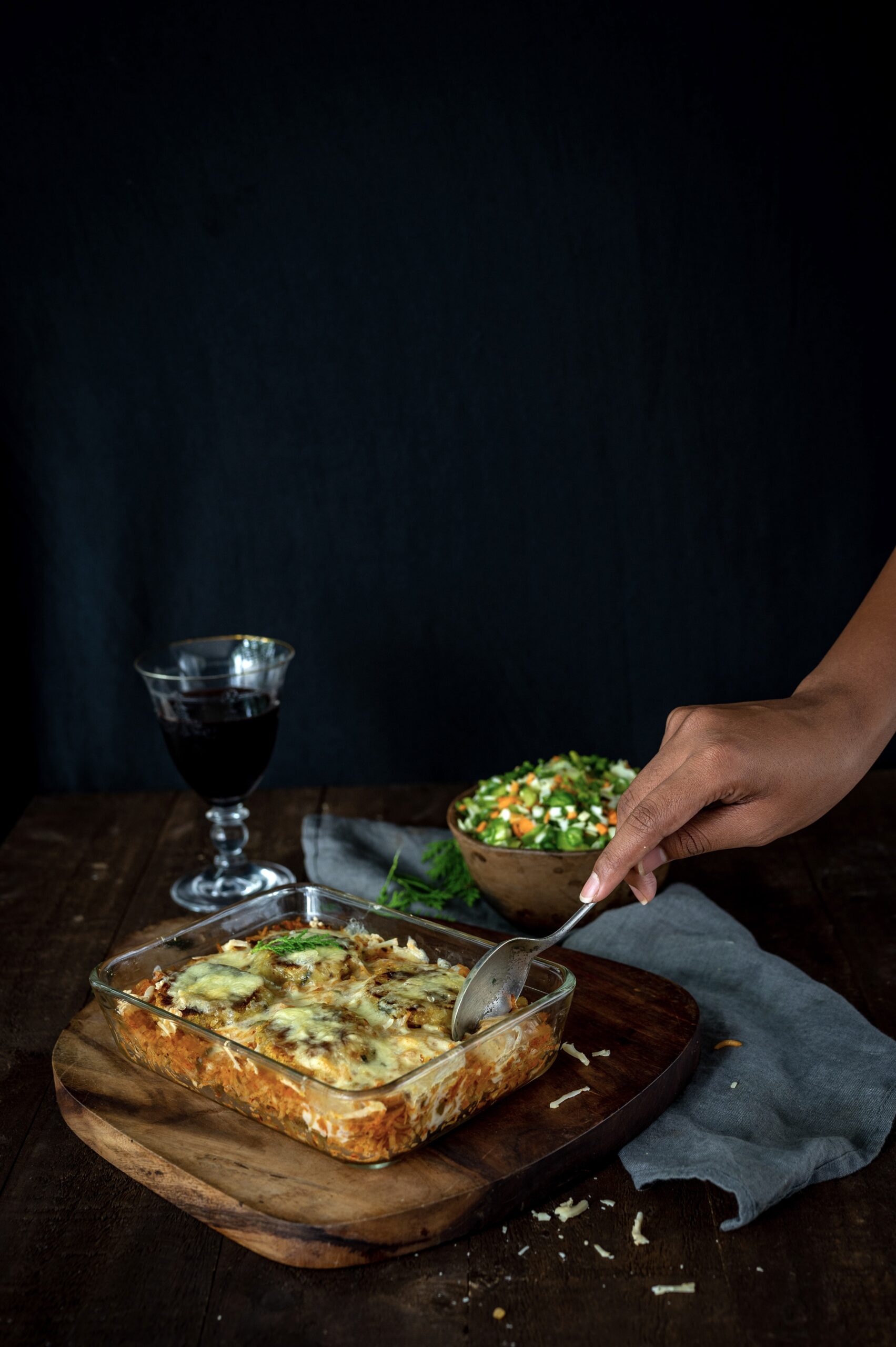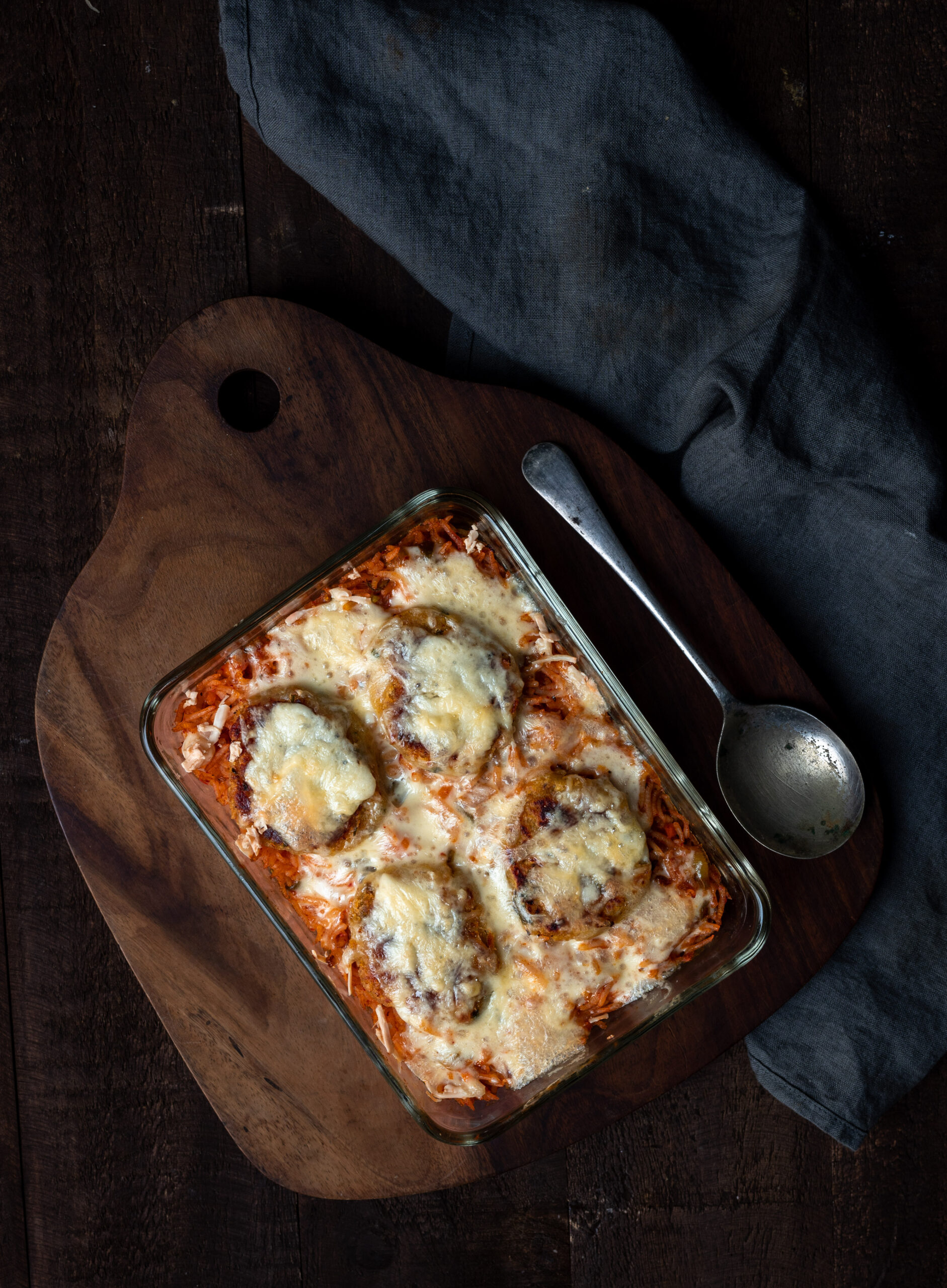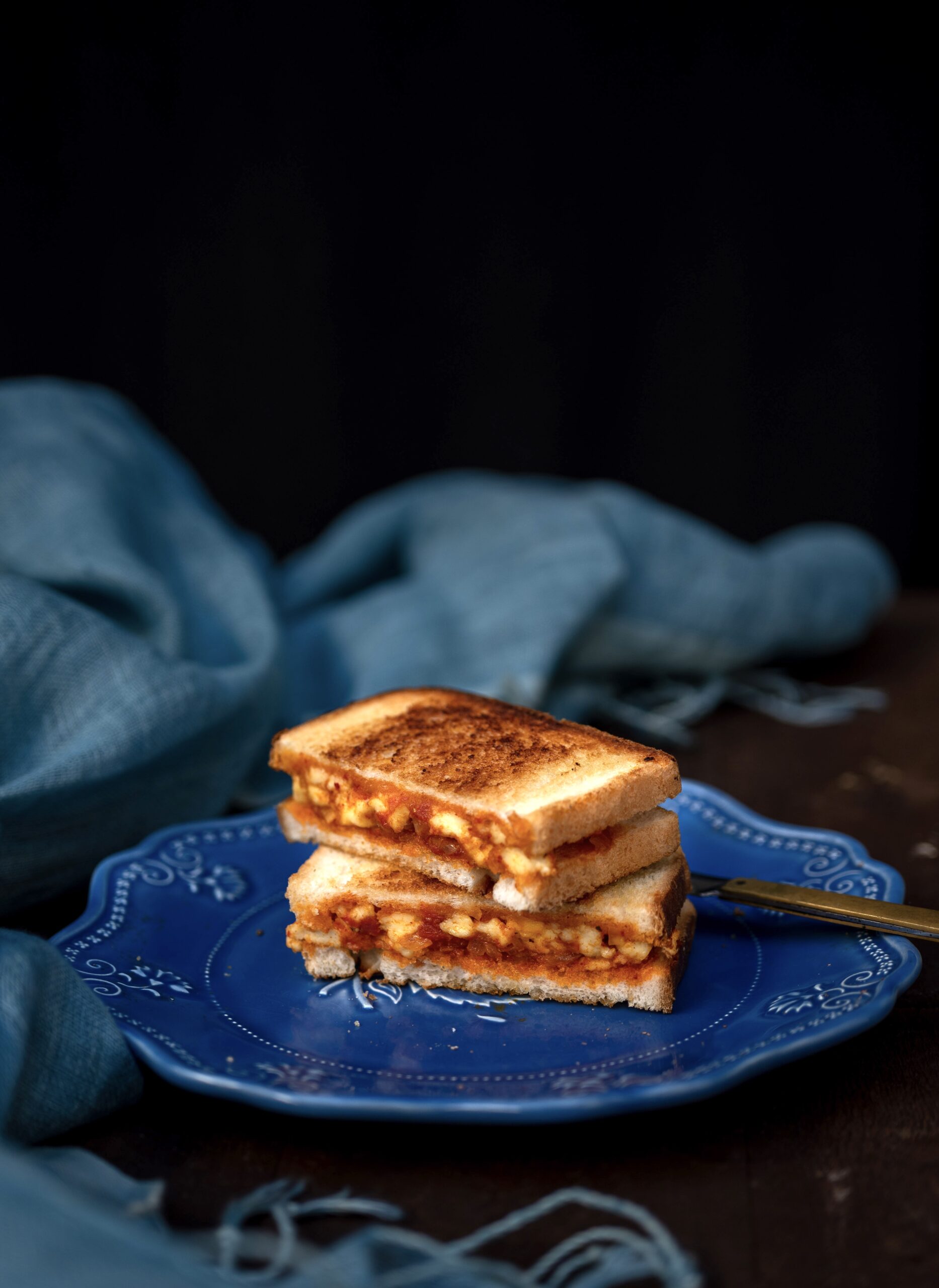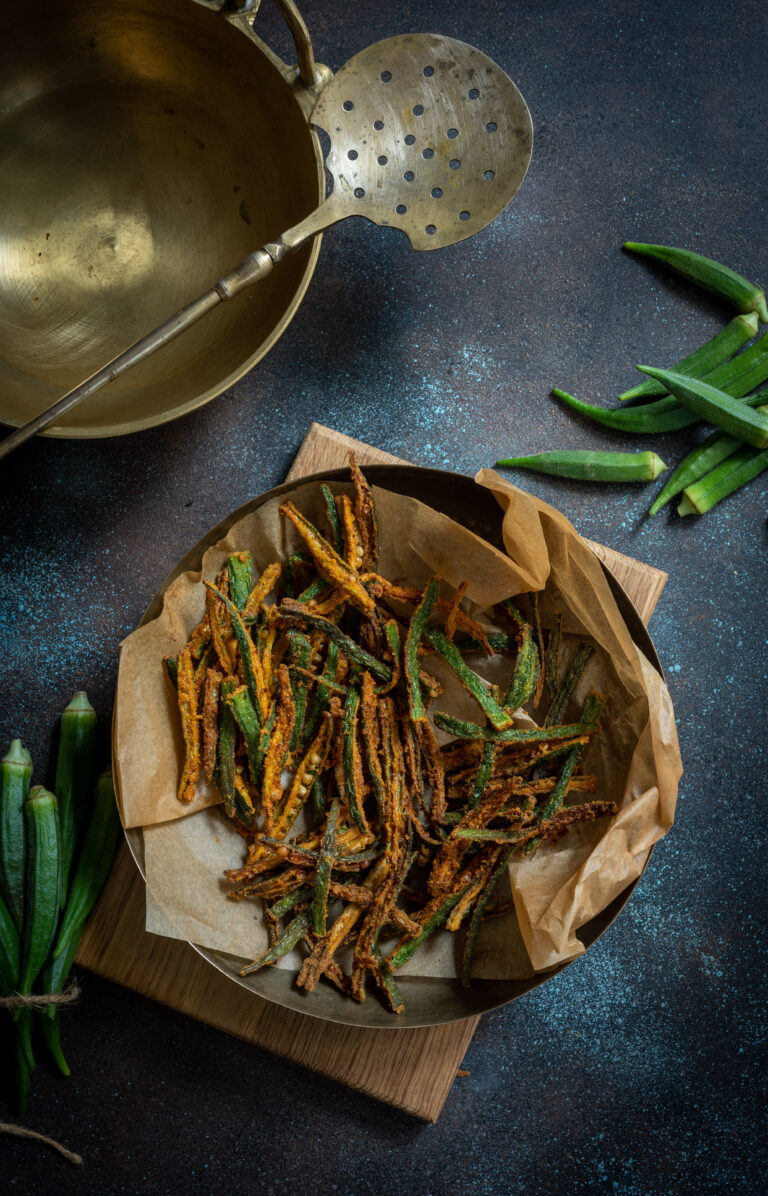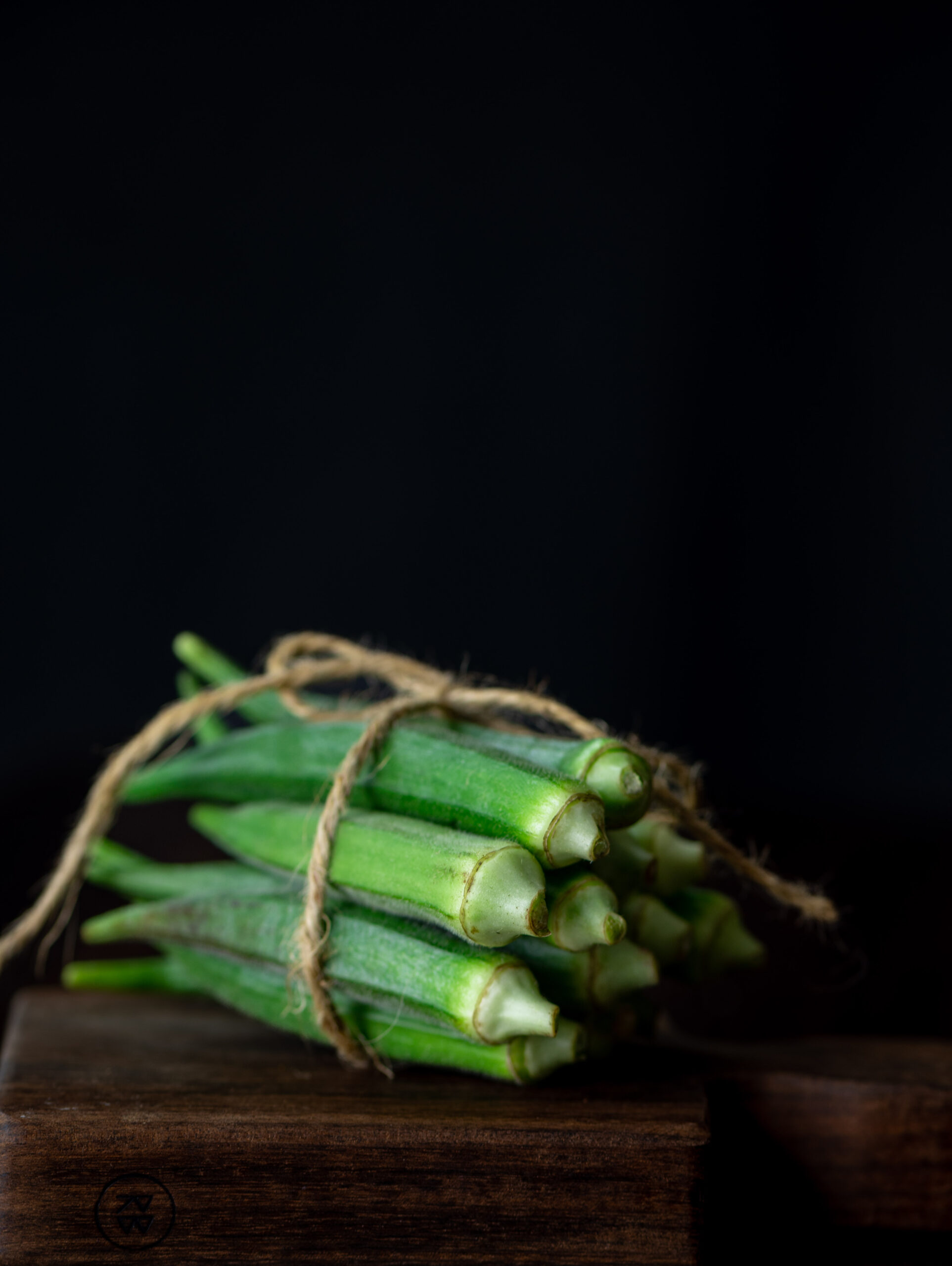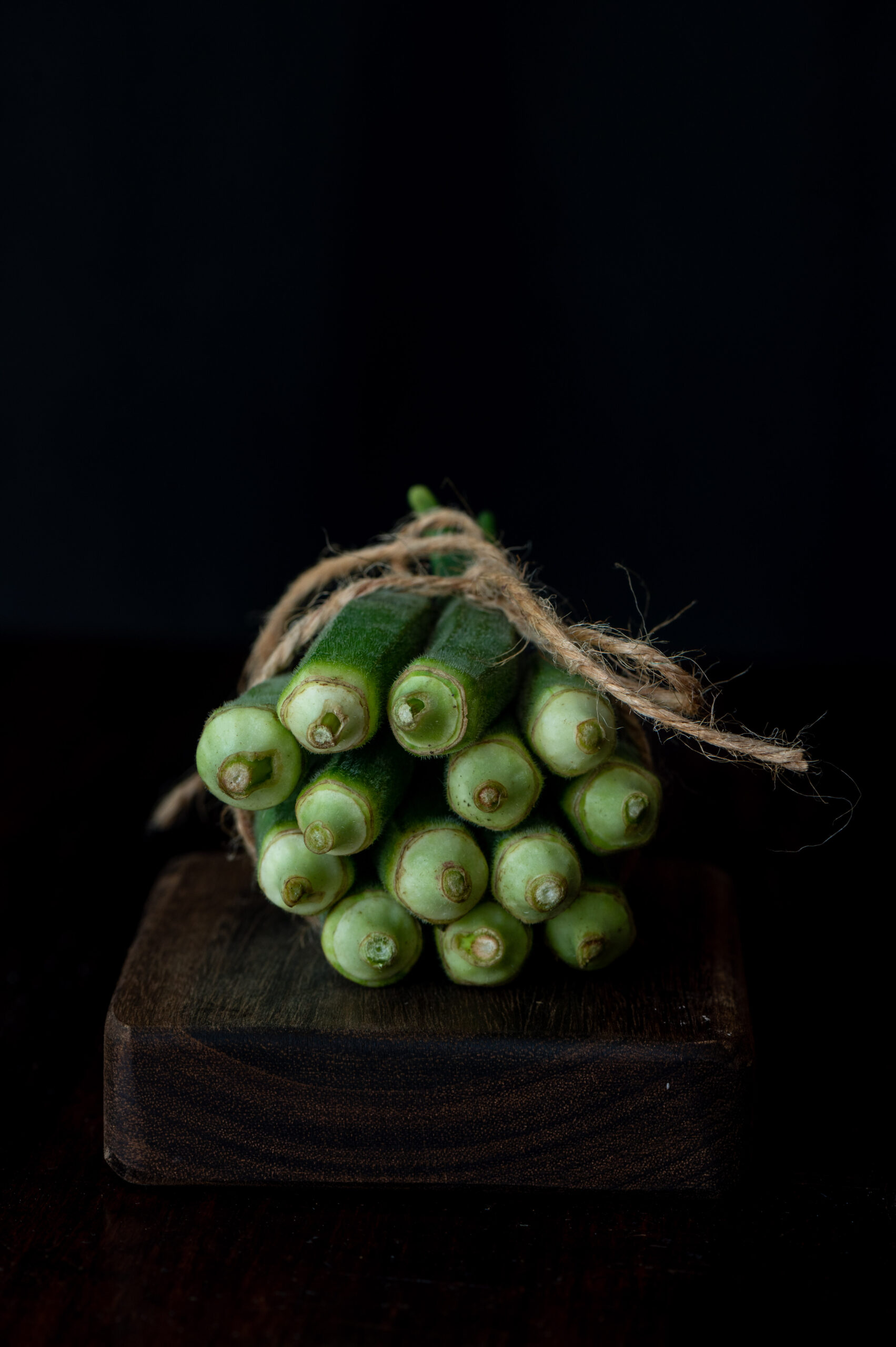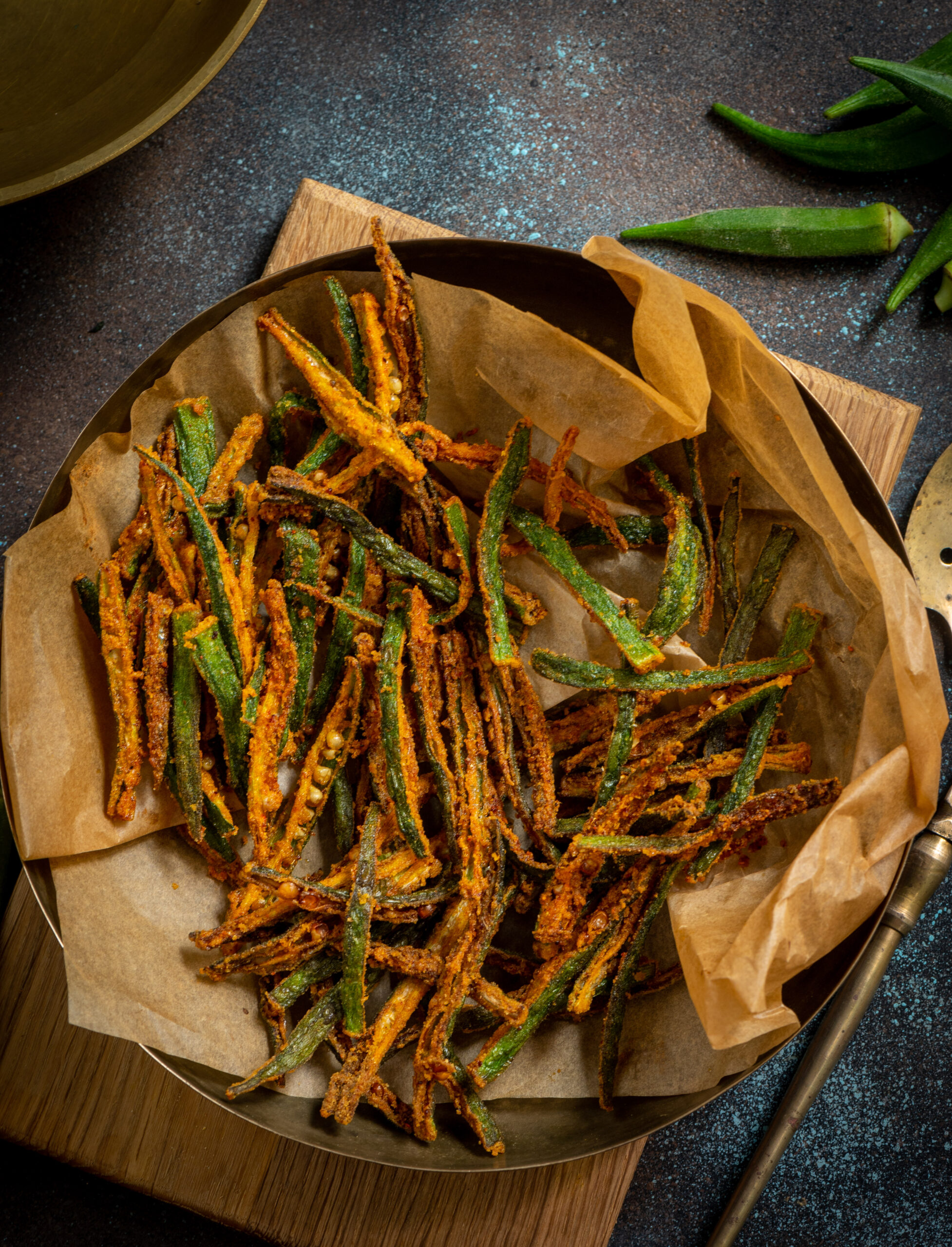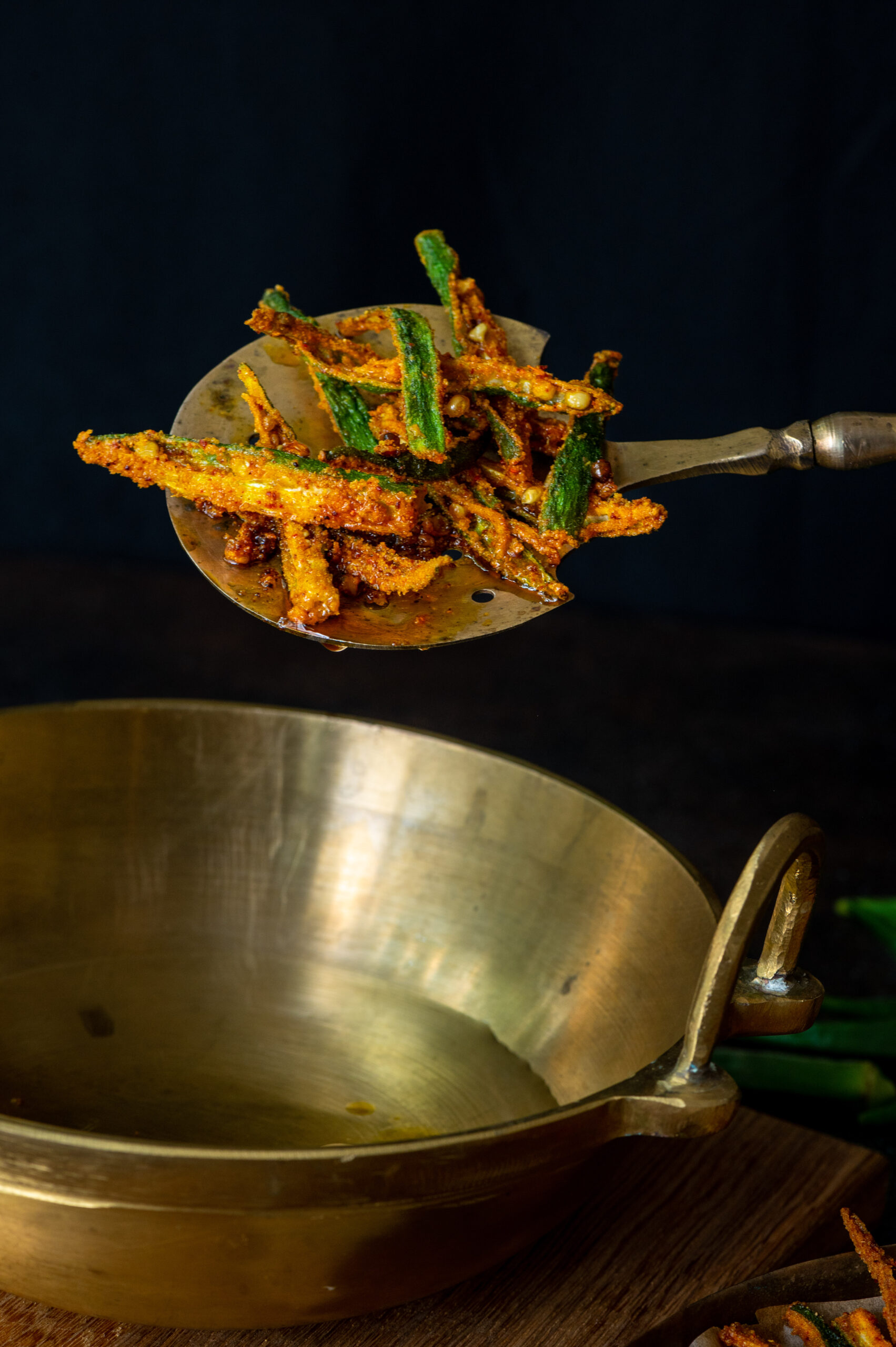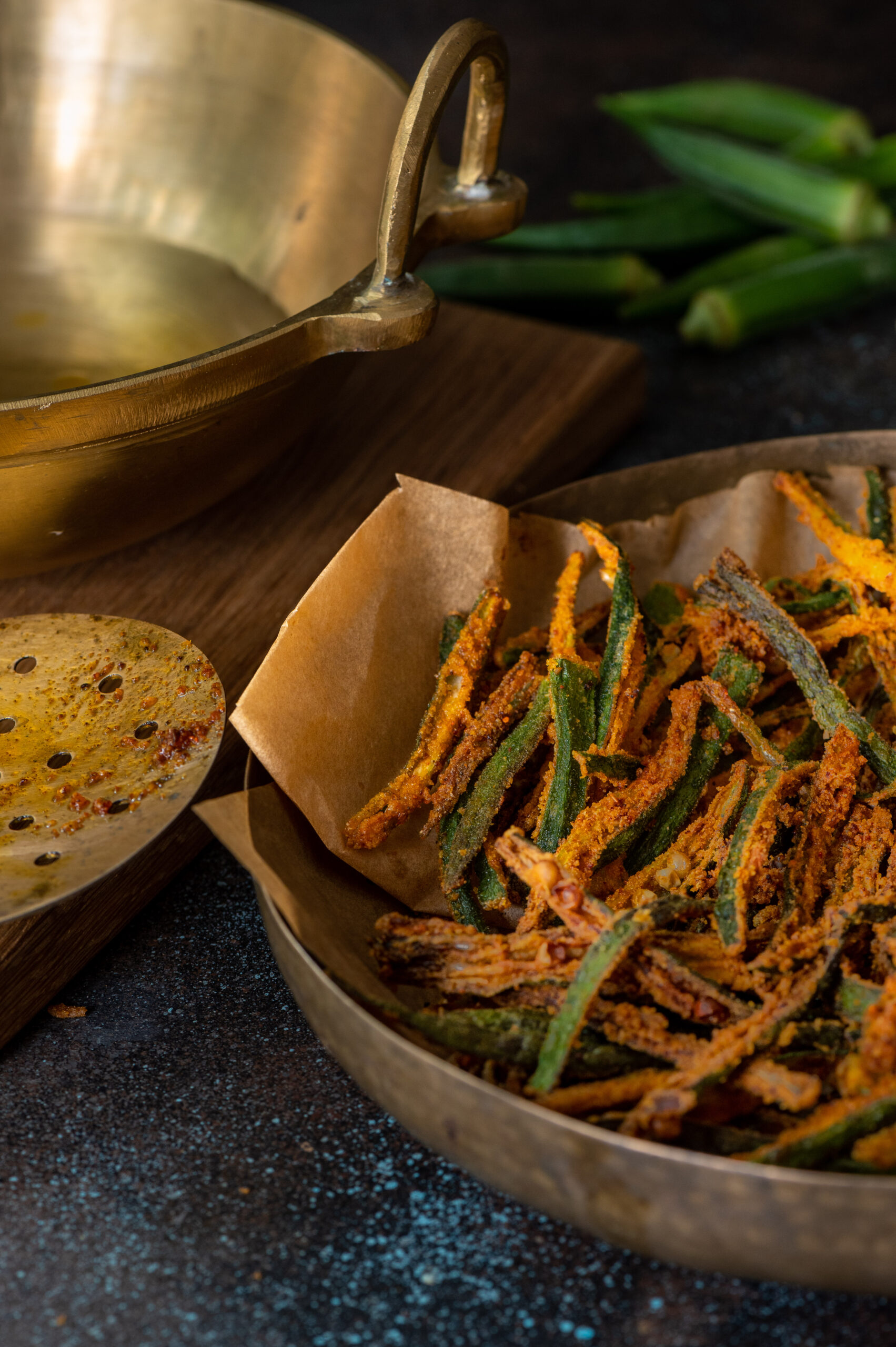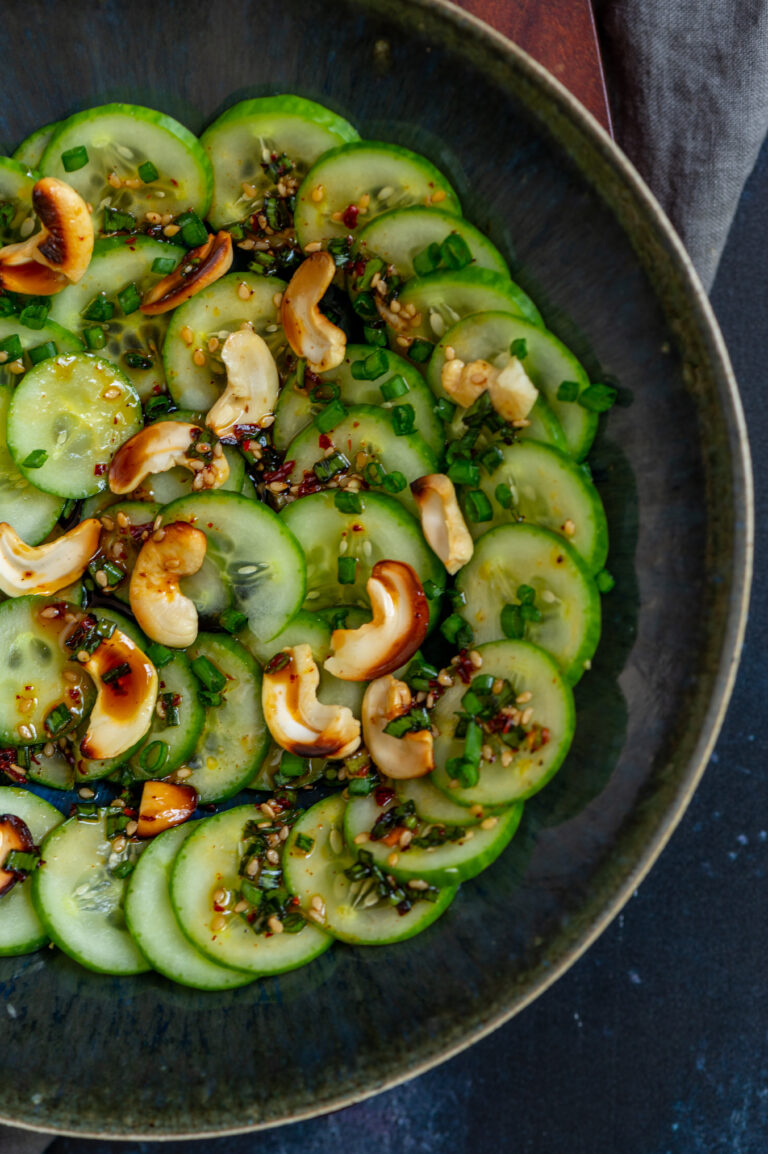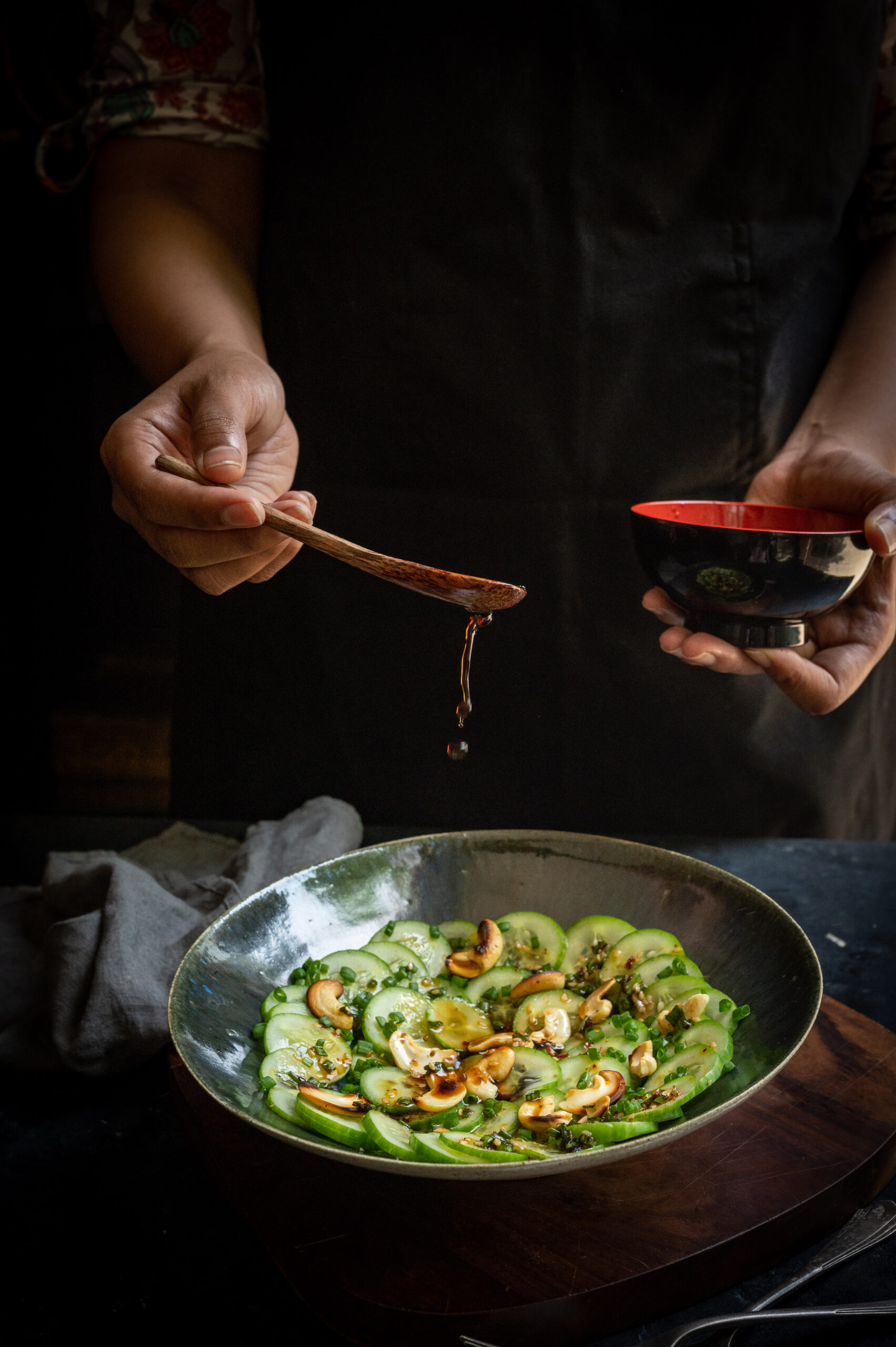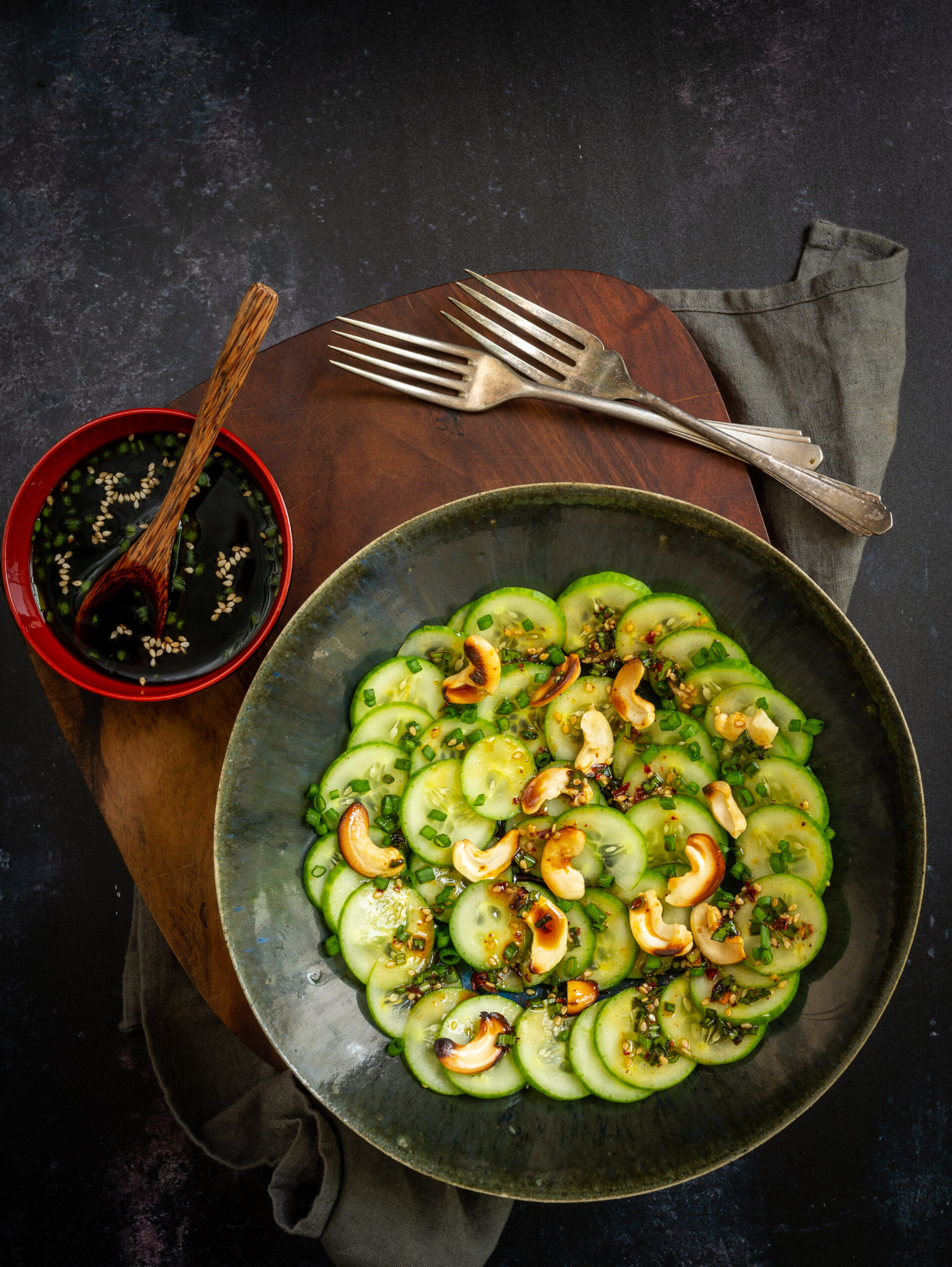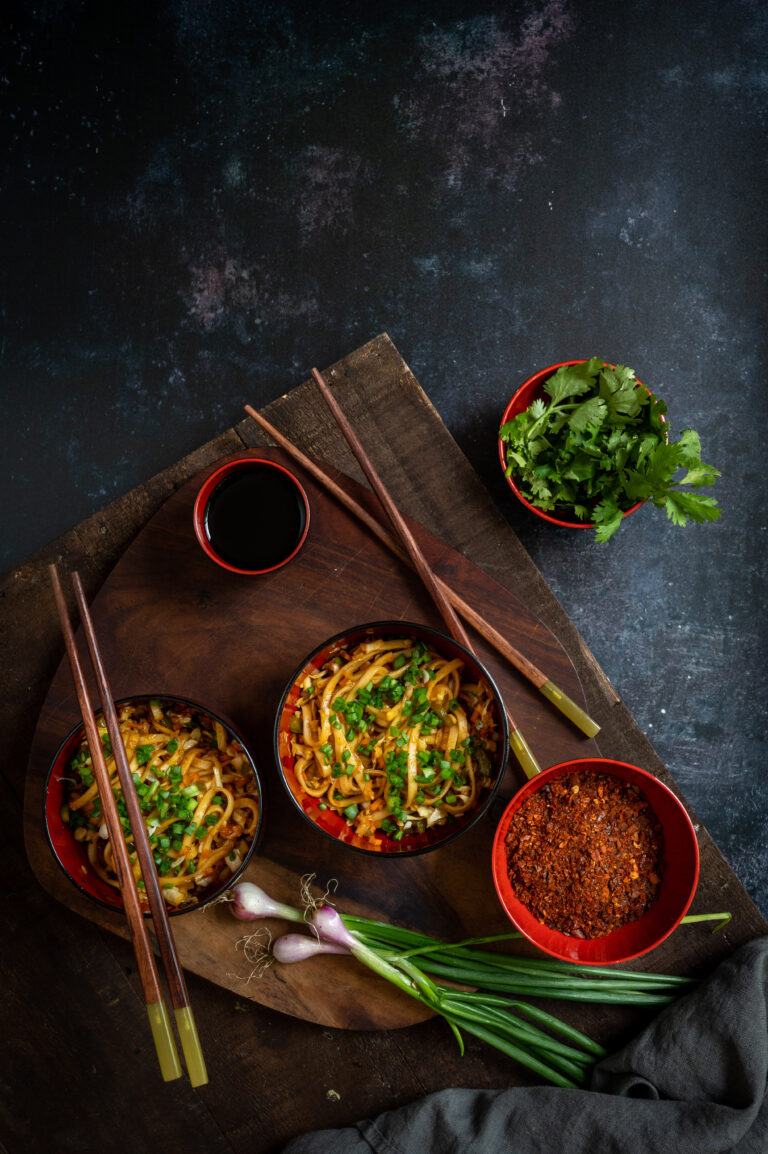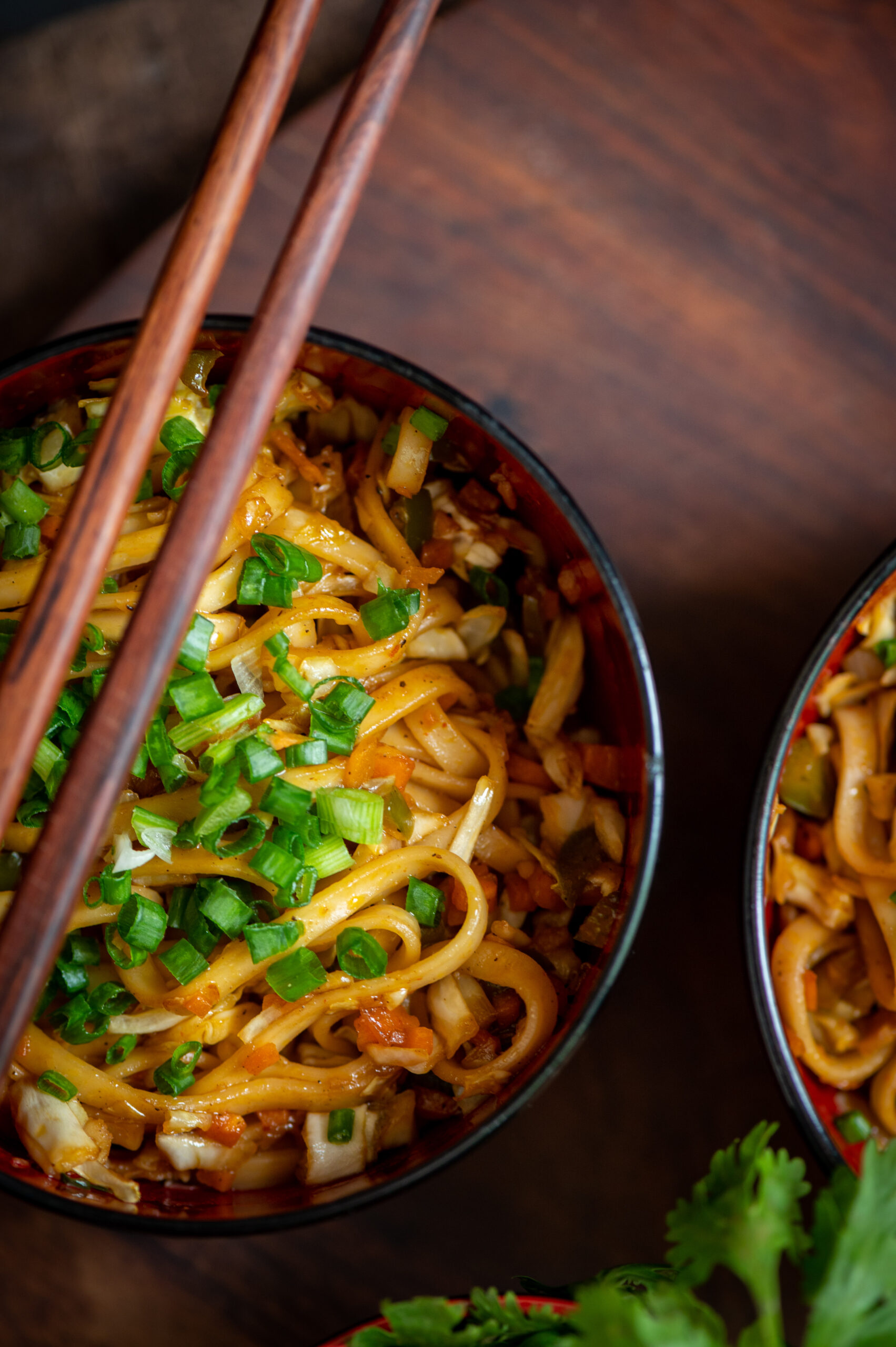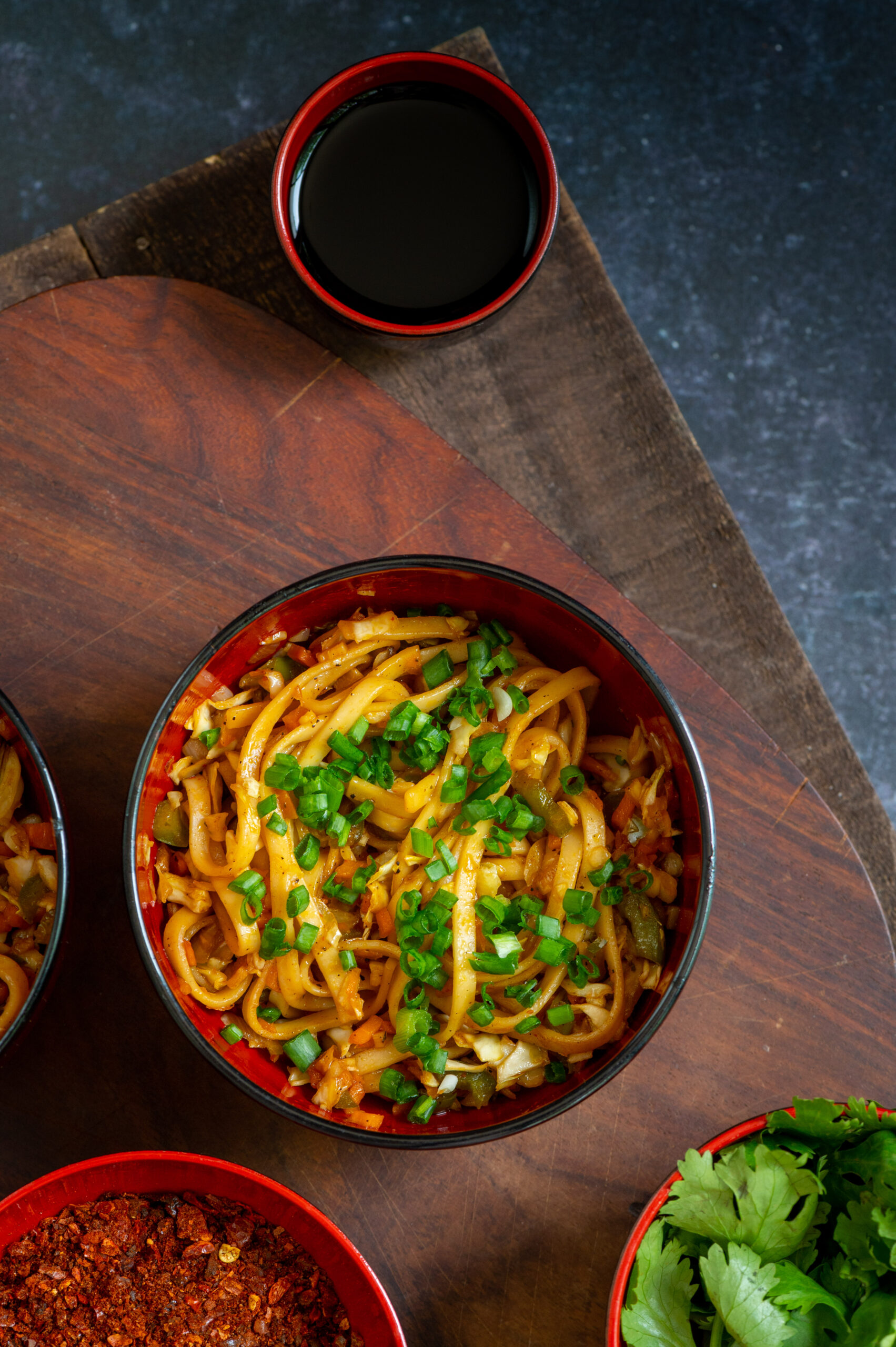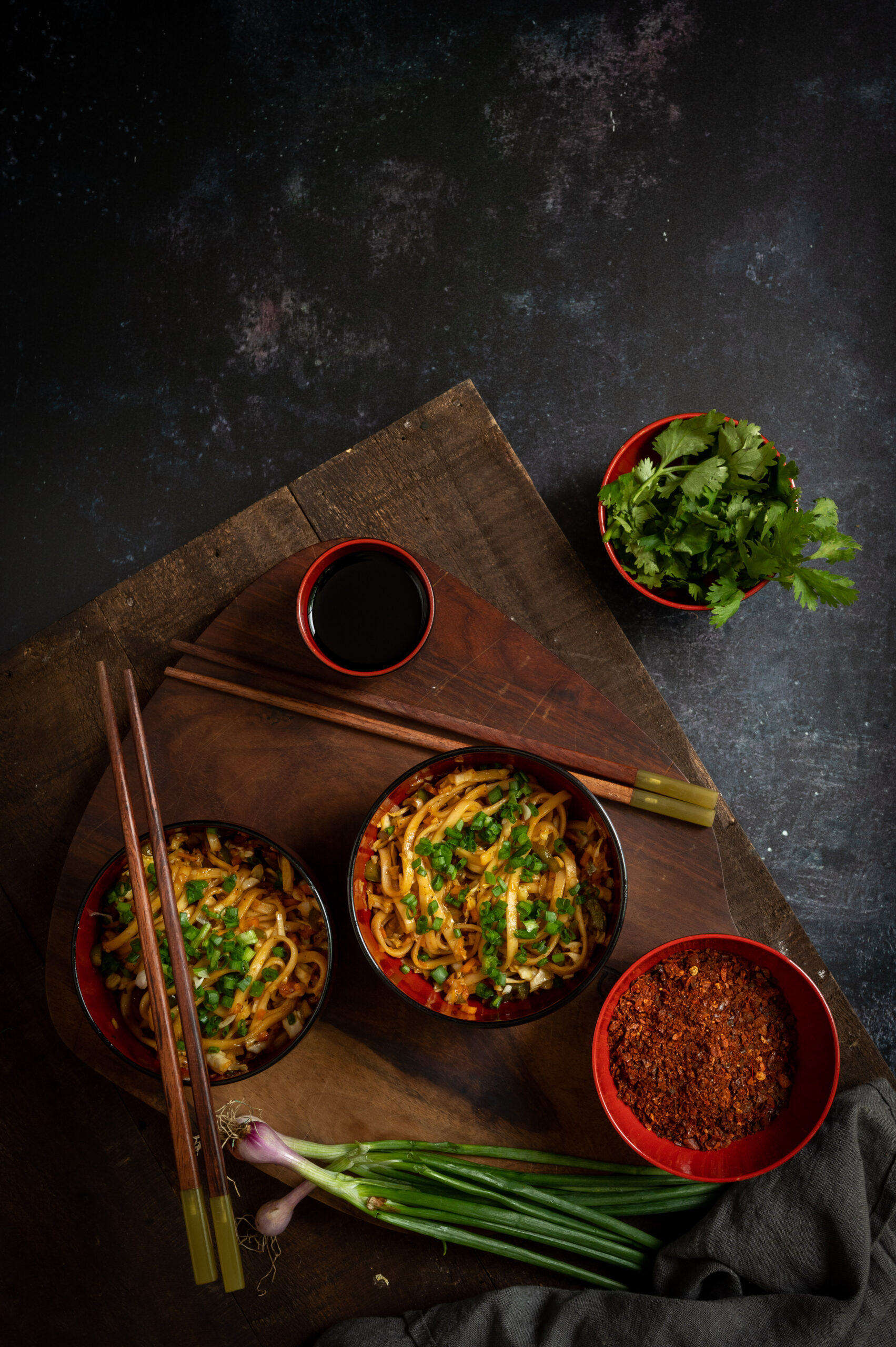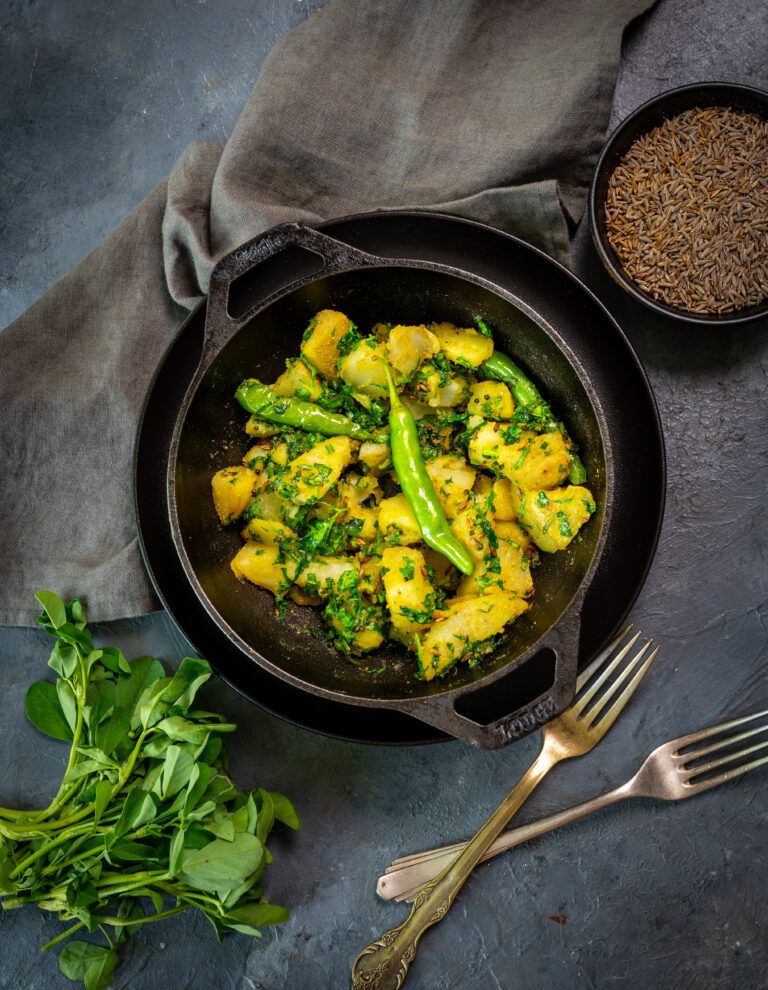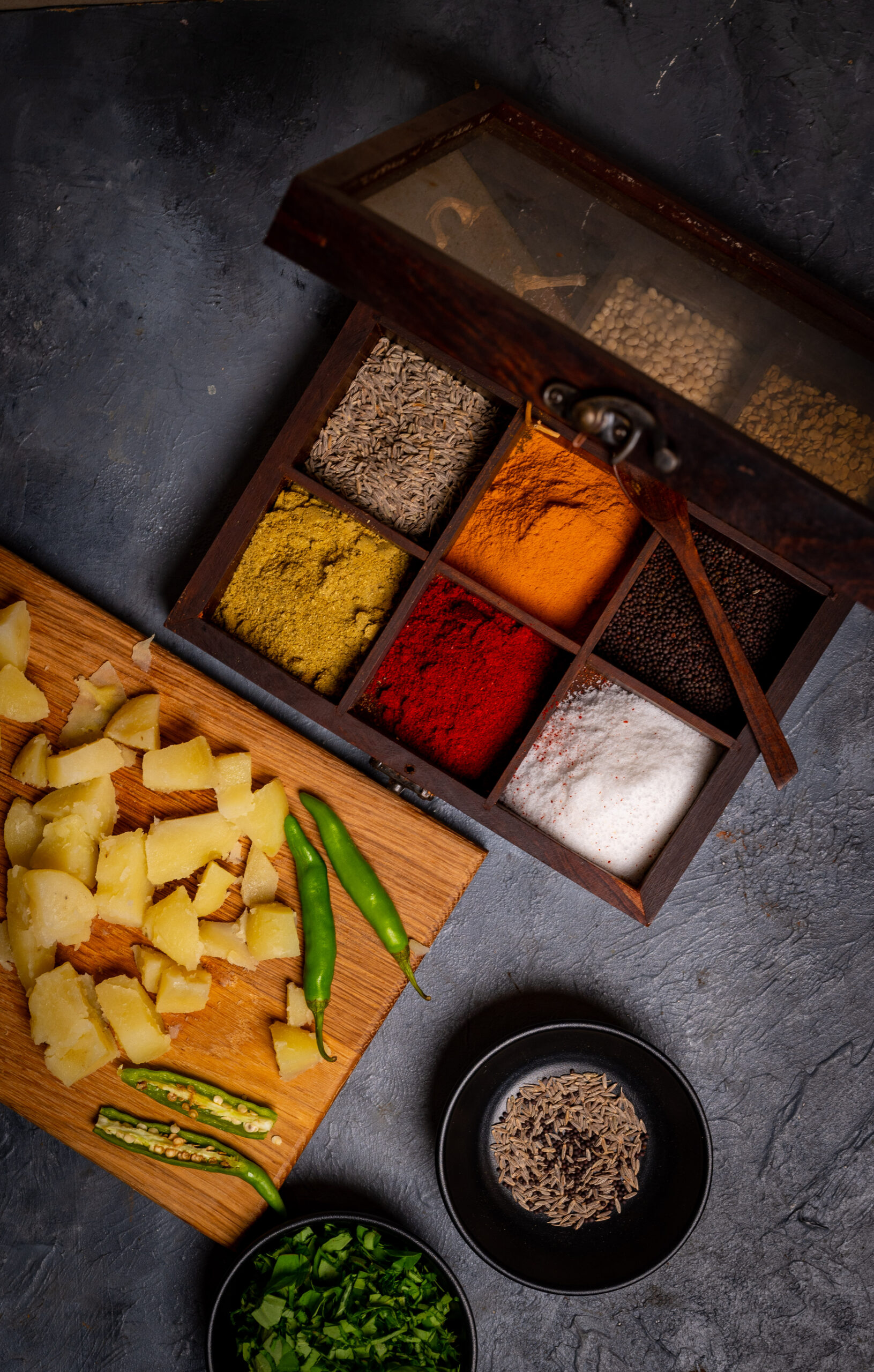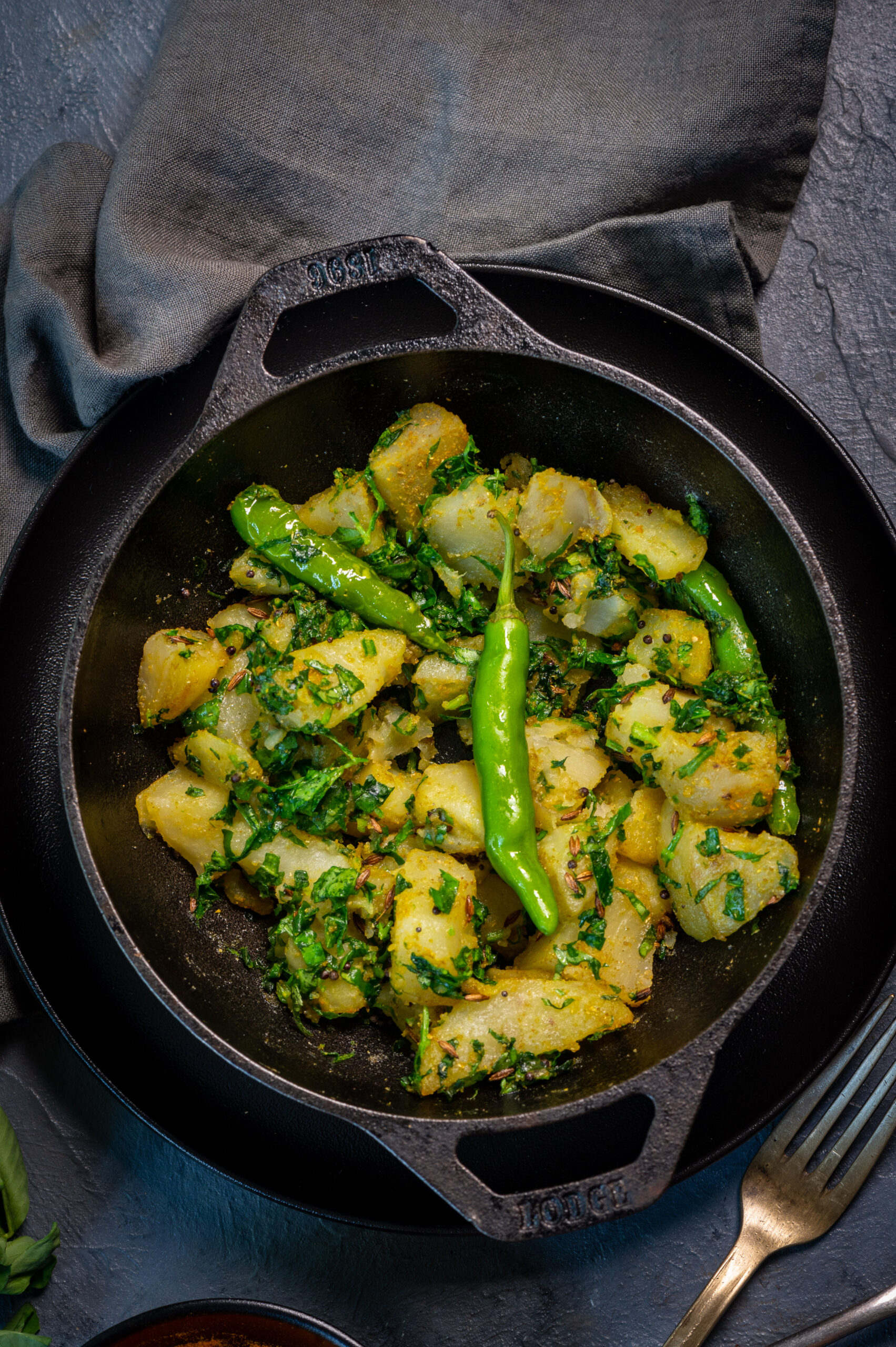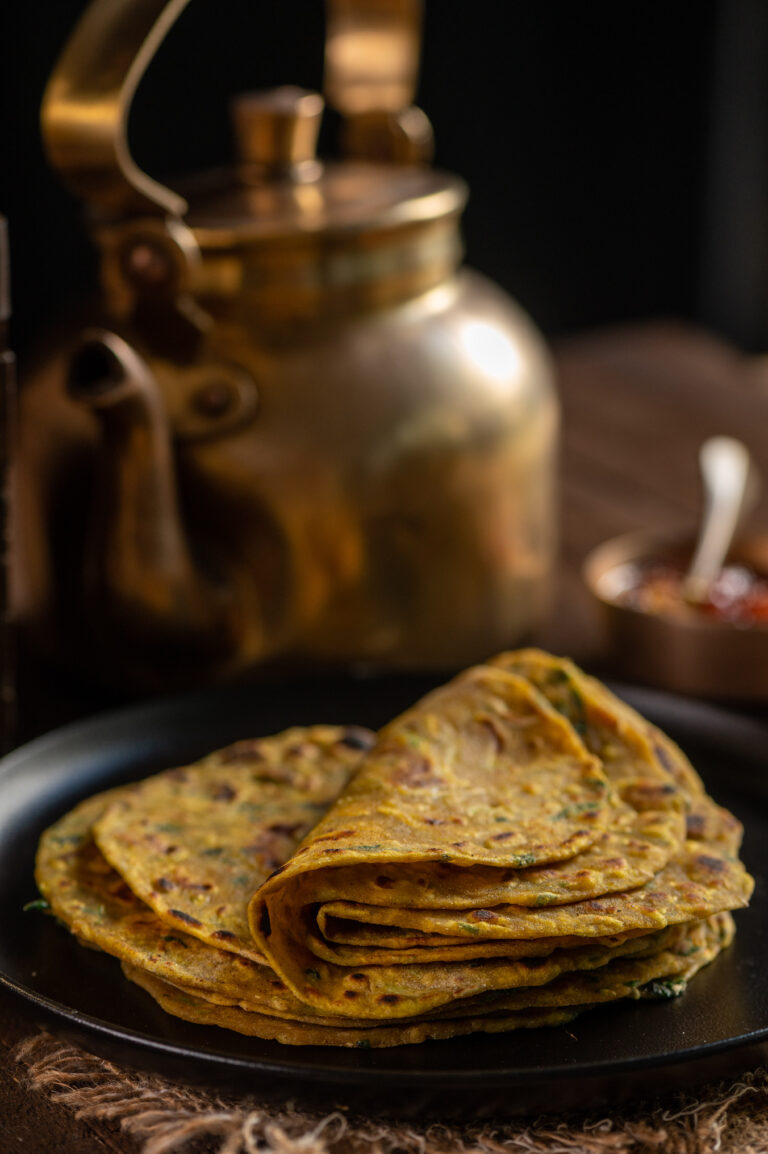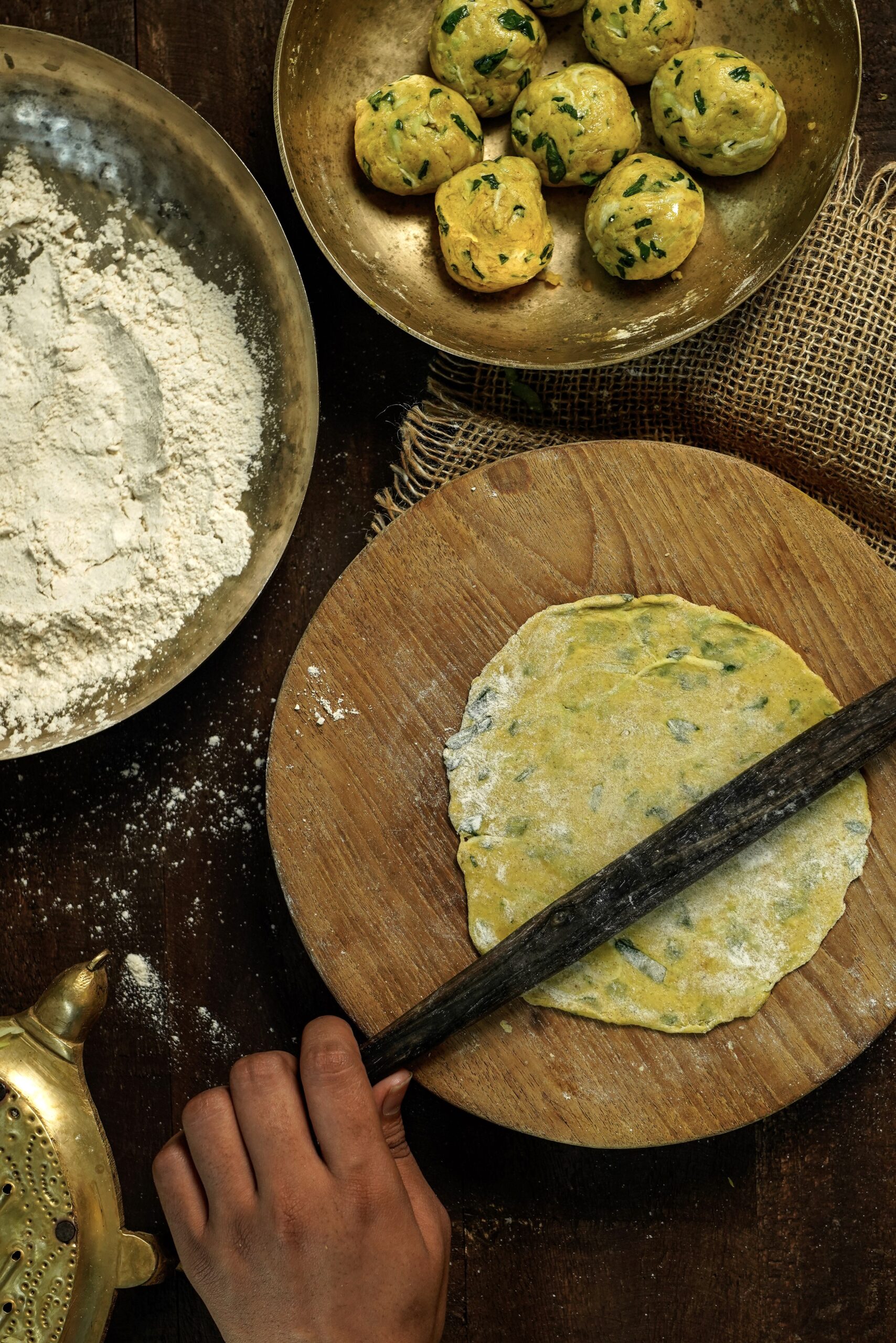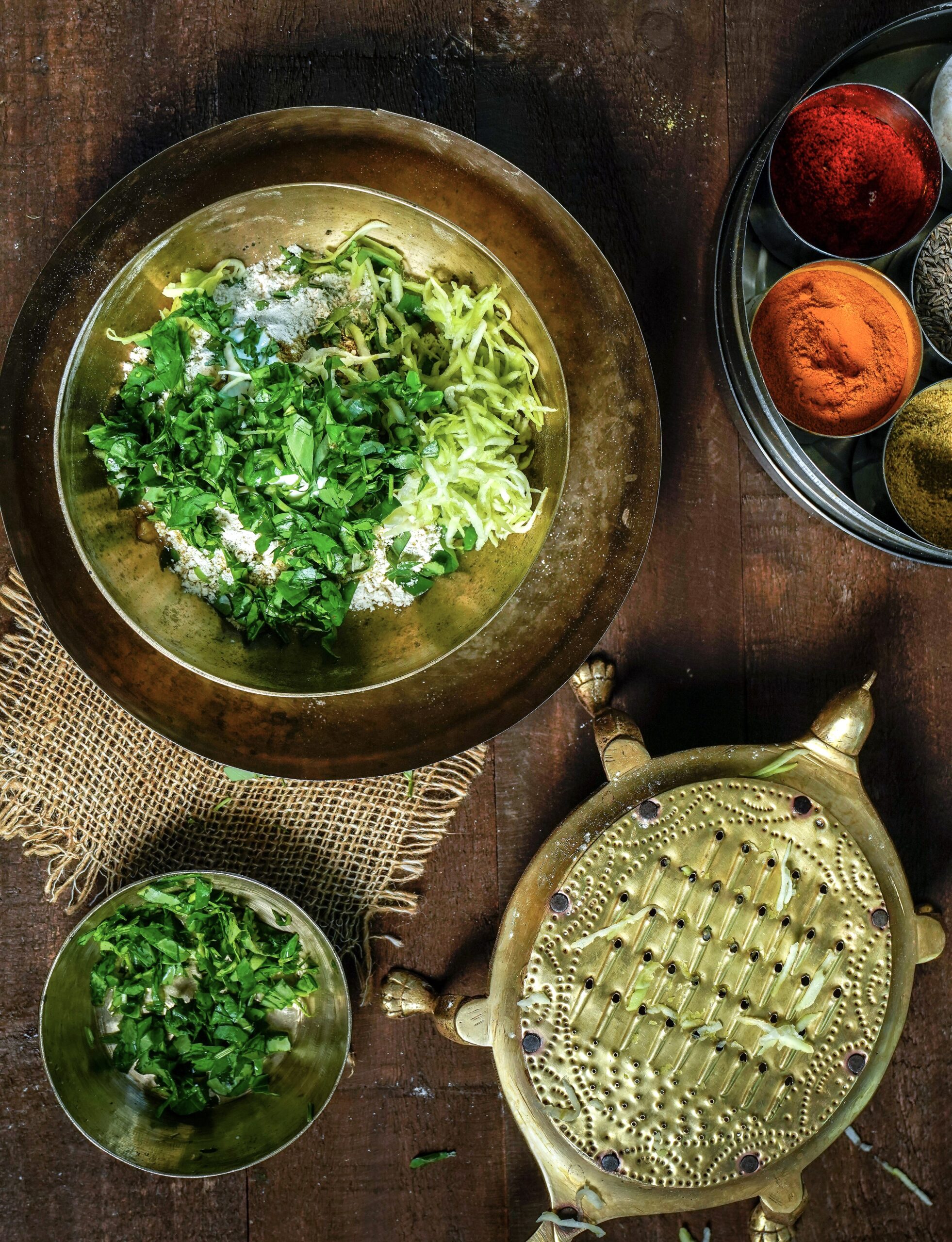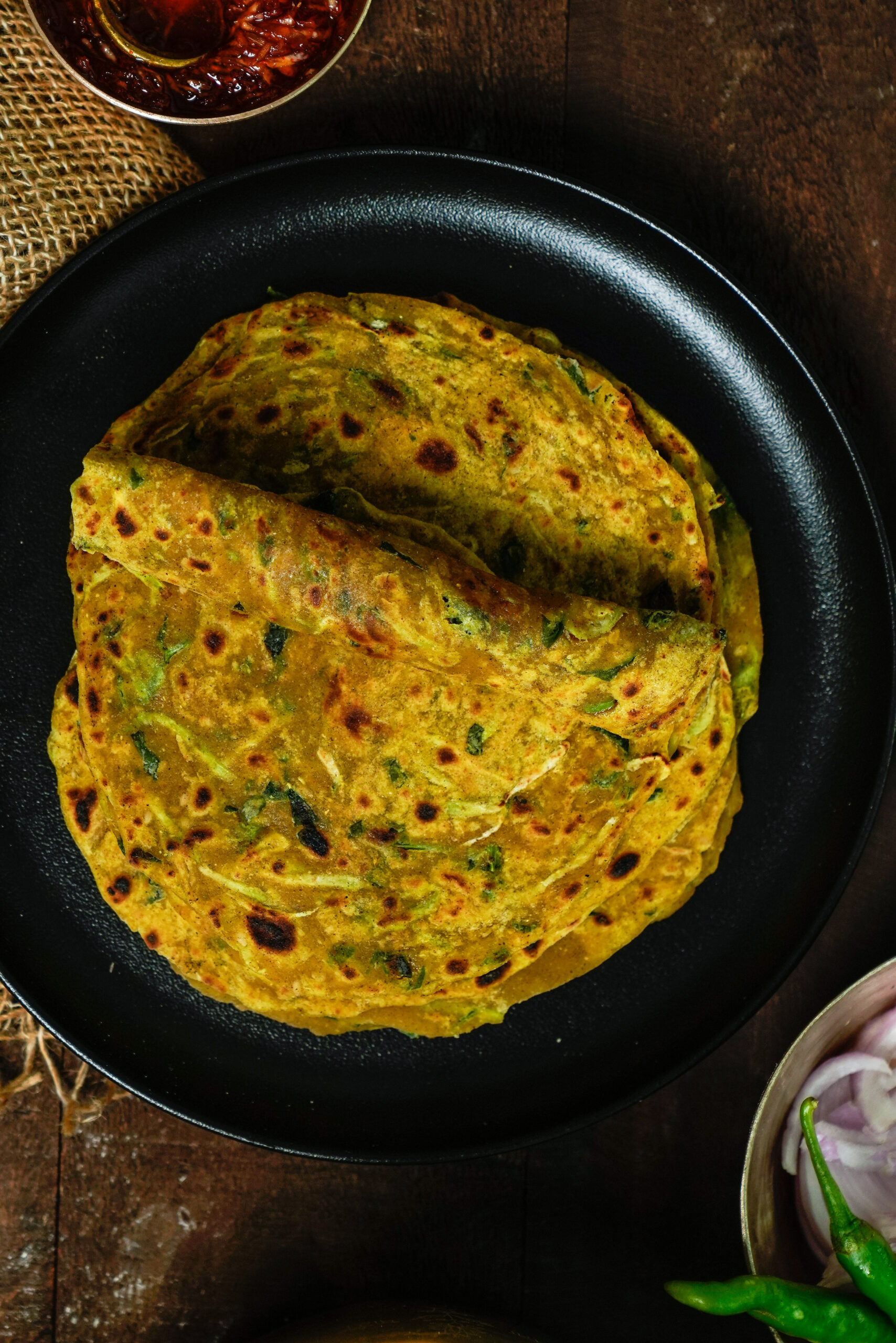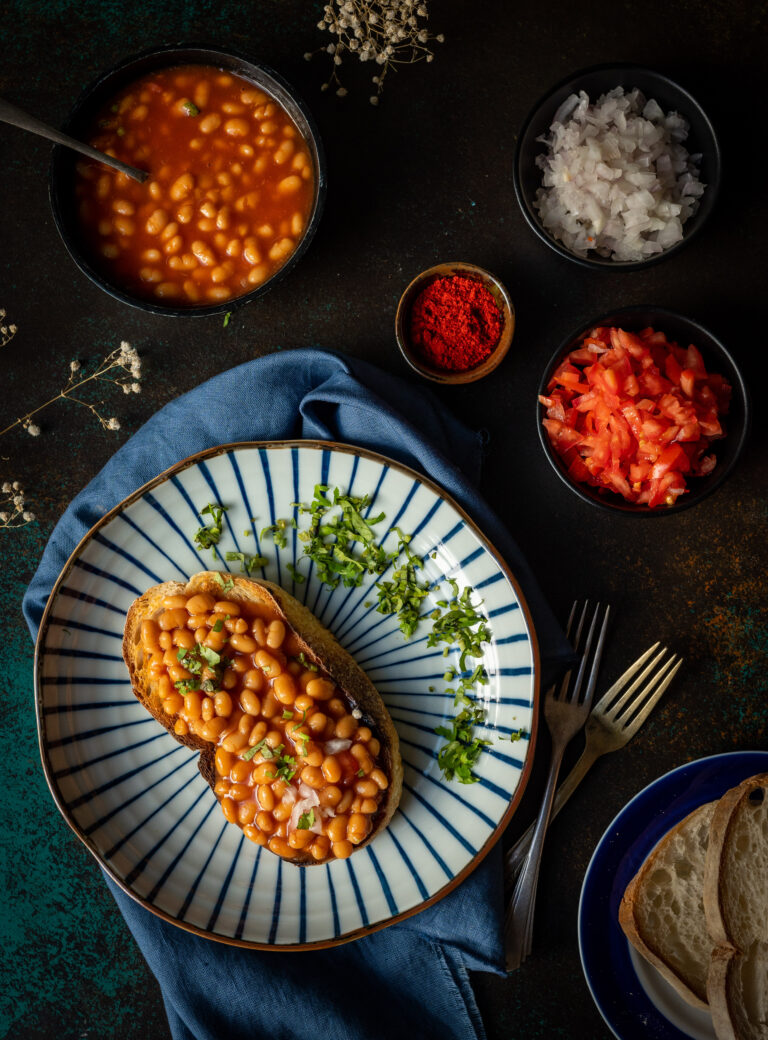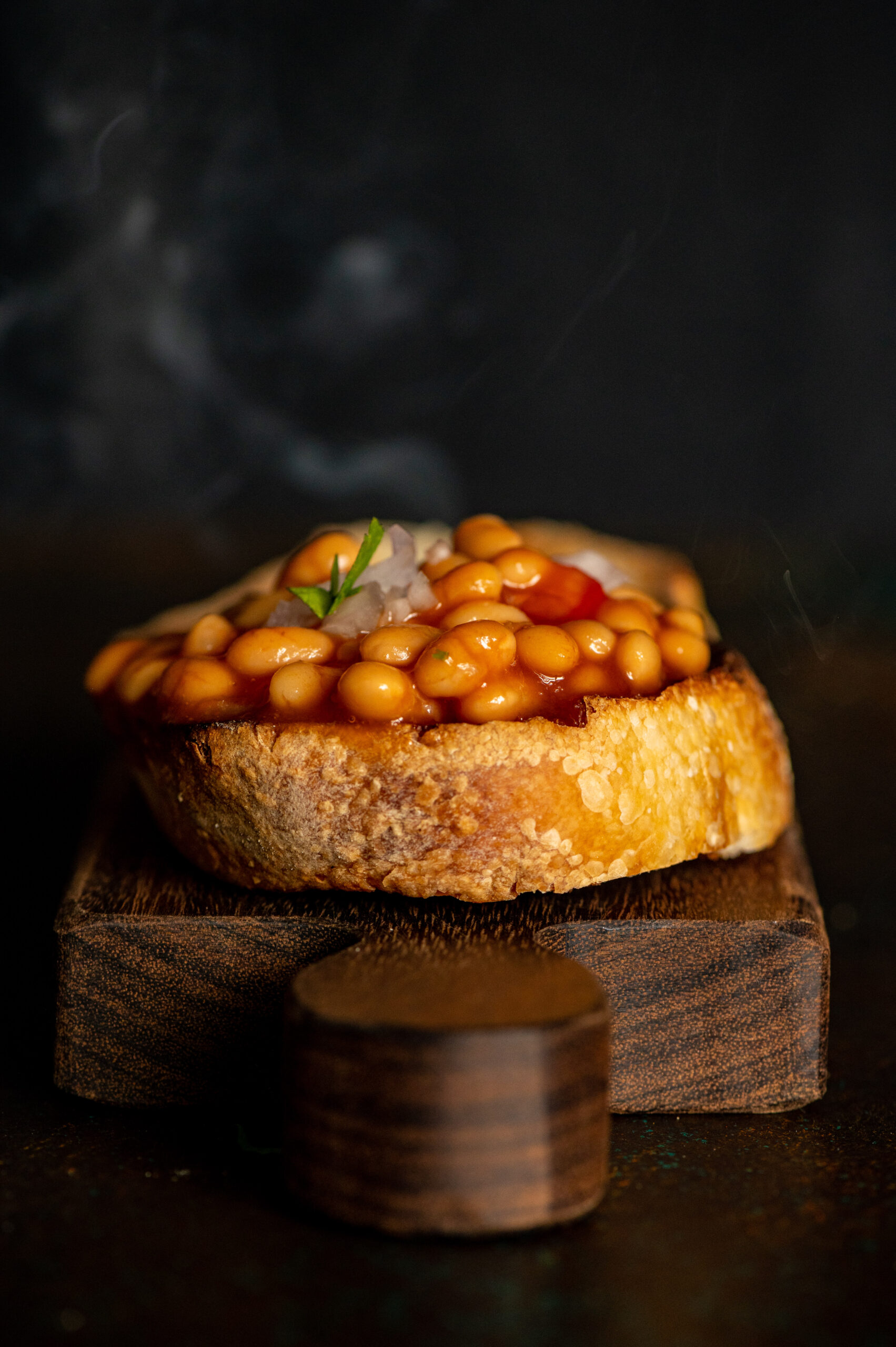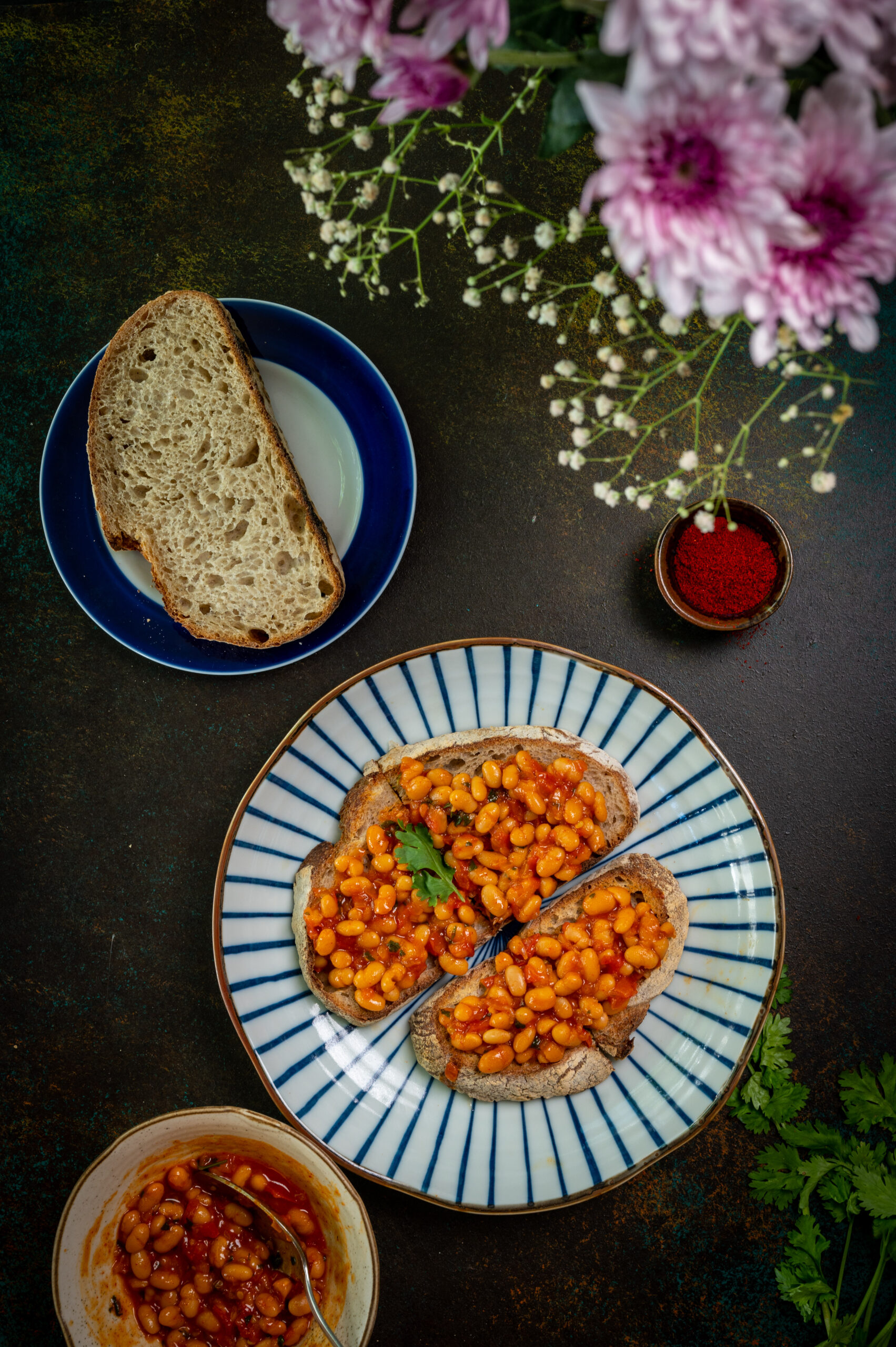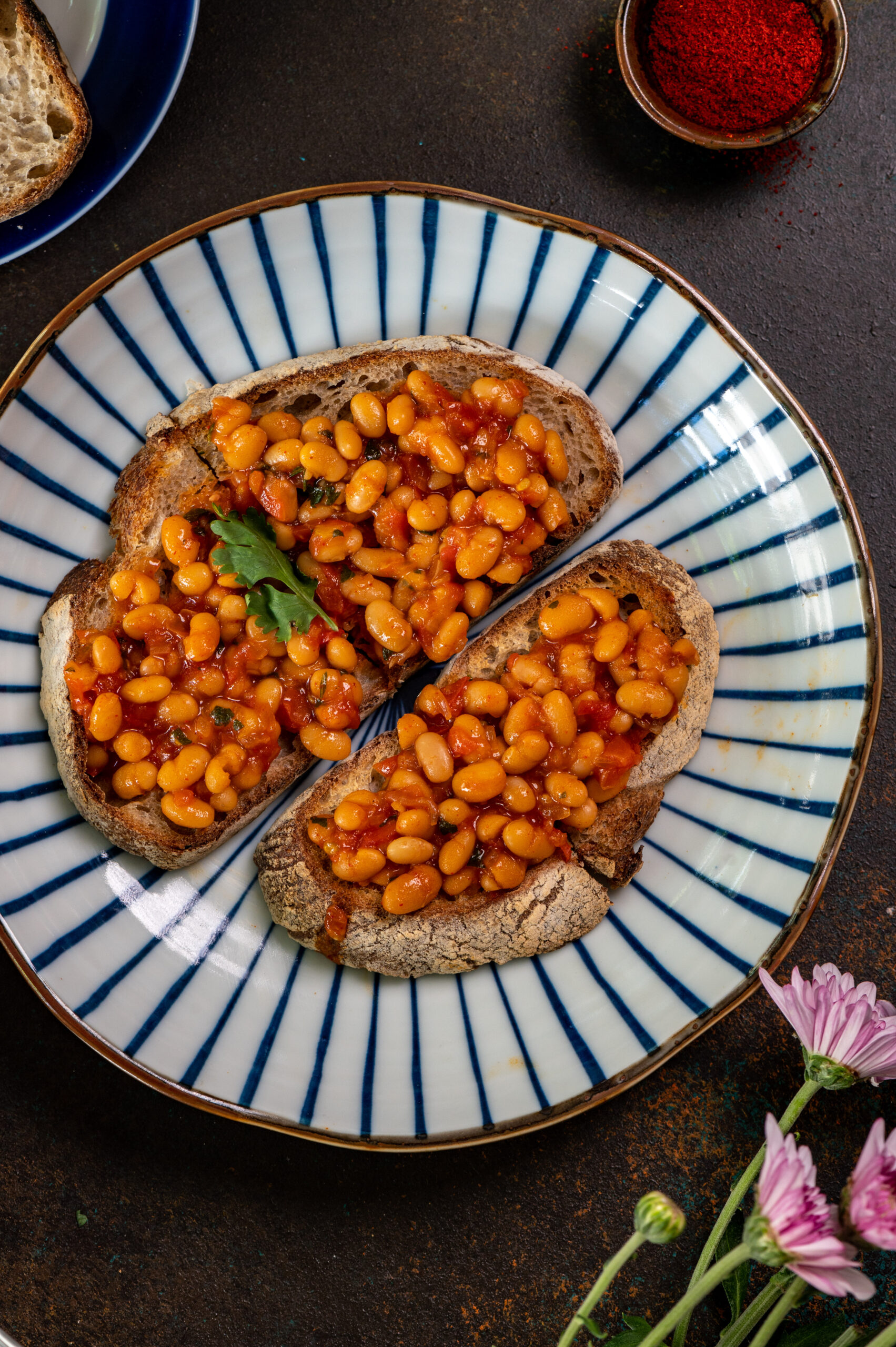Staying fit and staying healthy have always been important to me, and these are my mantras when it comes to cooking and eating. Especially today, when the importance of being very careful about what we put into our mouths has become widely understood. It all affects our bodies, and our health should always be our top priority. I have many friends who are still recovering from long COVID. It’s not that they were unhealthy to begin with, but this crisis has made us all more conscious about taking steps to boost our immune system. In my case, this has meant choosing to consume less sugar, while consuming more fibre and more protein.
Any dietary website you consult, whether you agree with it or not, will tell you that overdoing anything is the big risk. It is only vegetables that are exempt from this rule, which is why I put as much of them as I can into my cooking. Specifically, for today’s recipe, into my cutlets. I’ll share another variety soon, but to begin with, here are beetroot cutlets, also known as beetroot tikkis.
A tikki is essentially a sort of Indian cutlet. If you make these in a smaller size, they become great starters when accompanied with a green chutney, which always peps things up. In order to make it more filling, some paneer, potato or spinach are great additions. I have used paneer and potato in this version.
There are various ways to prepare the beetroot. You could grate the raw beet, then cook it or deep fry it. Or you could boil or steam it instead. Either way, it’s really delicious. Beets contain a lot of natural sugars, which help fulfil your body’s sugar cravings. This vegetable is also rich in fibre, potassium, folate, manganese and iron.
The idea of making beetroot tikkis came about because the concept kept popping up in different conversations. A few different friends I’d been visiting all talked about it. This was what inspired me to try out and share a recipe for myself. You know how it is sometimes – something keeps coming up repeatedly in one’s life, and once you notice the pattern you are almost compelled to explore it. Whether it’s something small, literally, like a cutlet, or something bigger – a question, a person, a place… There’s always some learning there, if we choose to find it. In this case, adding this recipe into my repertoire has been an enjoyable little learning indeed.
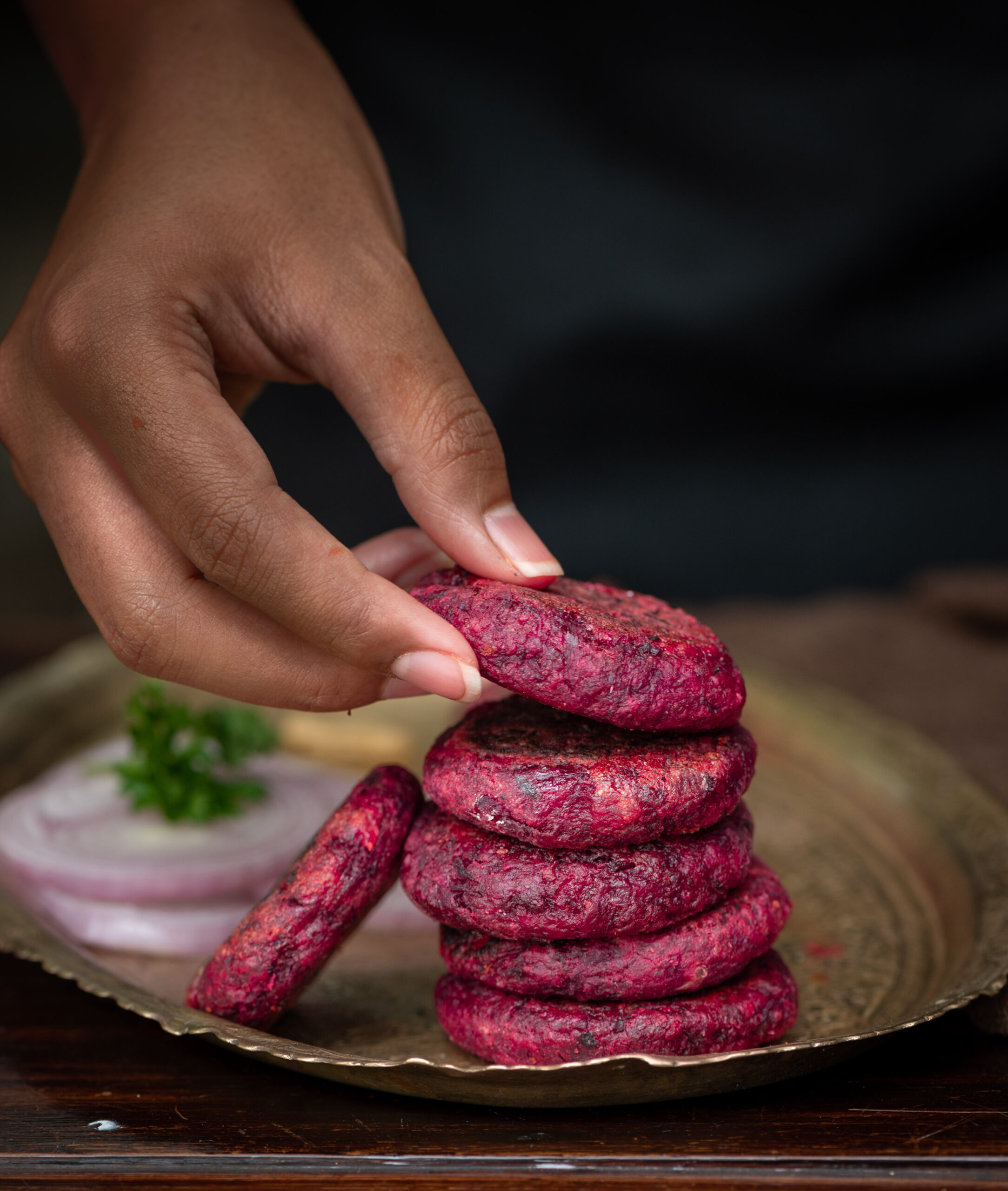
Beetroot Tikki
(Yield: 6 pieces)
1 cup raw grated beetroot
½ cup grated paneer
Salt to taste
½ teaspoon garam masala
½ teaspoon aamchur (mango powder)
½ teaspoon roasted cumin powder
1 teaspoon ginger-green chili paste
1 boiled potato
2 tablespoons bread crumbs
2-4 tablespoons oil for shallow frying
1 tablespoon extra bread crumbs for shallow frying
In a pan, sauté the grated beetroot on a medium to high flame until the water is cooked. Boil and mash the potato.
In a bowl, add sautéed beetroot, boiled and mashed potato, paneer and spices. Add the crumbs too.
Mix these ingredients together well with your hands and shape them into tikkis.
On a flat pan, add sufficient oil. Dip the cutlets into the extra bread crumbs and then place them on the pan. Allow to cook until golden, then flip over to the other side.
Your beetroot cutlets / tikkis are now ready to serve. They are usually eaten as a snack, with any dip of your choice. If you’re a fan of dishes like these, my sweet potato tikki and harra bhara kebab recipes may be fun to try out too. I have another cutlet recipe coming up soon on my blog. Stay tuned, and as always, I love hearing from you!
